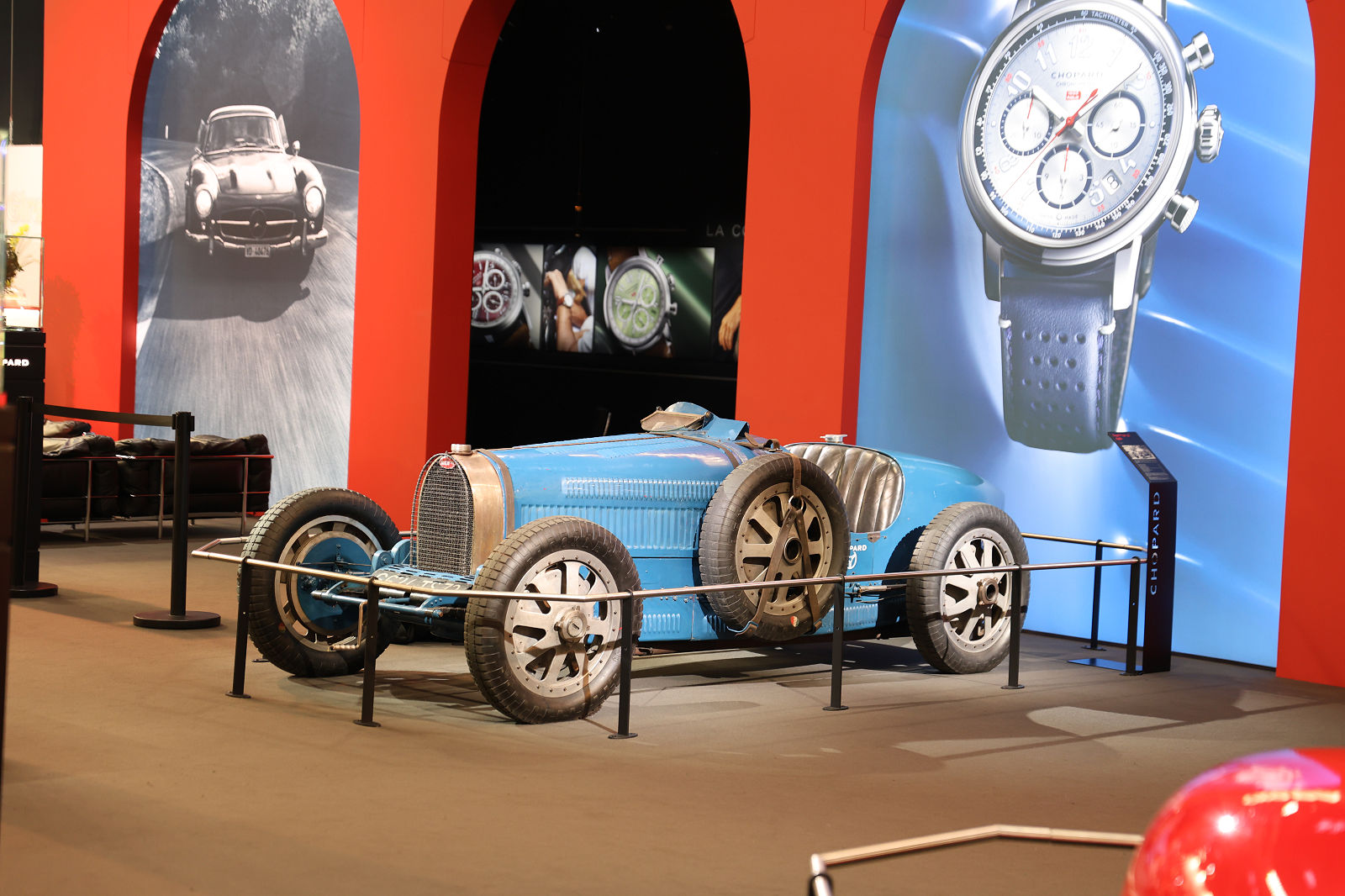
This Bugatti Type 35C is one of four cars entered by Bugatti in the 1927 Targa Florio. Its two-liter 8-cylinder, supercharged by a compressor, delivers 150 hp and allows it to reach a top speed of 225 km/h. During her rich career, she held the record for the Mont Ventoux hill climb for 4 years from 1928.
Story and photos by Hugues Vanhoolandt
At Retromobile, it is often the Italian stars such as Ferrari, Maserati, Lancia or Lamborghini that generally occupy the most spectacular stands, which are those of major British dealers such as Fiskens, Girardo or Kidston. French cars are often less in the spotlight even if Bugattis or certain Delahayes can also reach unreasonable prices. But it is sometimes on small stands of brand clubs that less emblematic but perhaps more authentic cars are found. Let’s see here what Rétromobile offered us, on the French side.
In the 1920s, many French manufacturers began to produce light, small-displacement sports cars which also distinguished themselves in competition against cars that were often much more powerful. Among them, Amilcar, whose name comes from an imperfect anagram of the names of the two founders, Joseph Lamy and Emile Akar. Here is the C6 model from 1927 with a 1100 cc 6-cylinder engine.
This Amilcar MCO, a factory single-seater from 1928, with 6 cylinders, 1100 cm3 and Roots compressor, holds no fewer than 16 world records established in Montlhéry between 1928 and 1933. It has nearly 200 participations in races to its name, including 20 victories from 1932 to 1946… a real racing beast!
Coming from aeronautics, the Salmson brand was Amilcar’s great rival in competition in the 1920s. Here a 1928 GS8 Grand Sport delivered new to England where it had several owners including an RAF officer who, during the Second World War, went to his base at full speed at night aboard his Salmson! It was then entered in the VSCC races at Silverstone and Prescott between 1954 and 2005.
Active in the same category as Amilcar and Salmson, the BNC brand, which means Bollack, Netter et Cie, named after its founders, was created in 1923 and immediately entered the competition. This 1929 529 Type Spa model, with 4 cylinders, 1087 cm3 and Cozzette compressor, took part in the 24-hour Bol d’Or race in 1936 as well as in historic competitions including the Grand Prix de l’Age d’Or in Montlhéry.
The Chenard & Walcker firm is famous for having won the first edition of the 24 Hours of Le Mans in 1923 with André Lagache and René Léonard, at the wheel of a 15 CV with a displacement of 3 liters. This one, a 4-cylinder 2 liter, is mentioned as having taken part in the 24 Hours of 1924, where two similar Chenard & Walckers finished 4th and 5th. This example was recently seen at the Le Mans Classic and the Goodwood Revival.
The following year, in 1925, Chenard & Walcker entered Le Mans with a car that was avant-garde compared to its competitors. Equipped with a 4-cylinder 1100 cm3, the two “tanks,” as they were nicknamed, ranked 10th and 13th overall and 1st and 2nd in the 751 cm3 to 1100 cm3 class. Twelve years later, in 1937, one of them took part in the 24 Hours again, but without success. This example is part of the collection of the 24 Hours of Le Mans museum.
With Delage, we leave the small-displacement manufacturers, even though this 8-cylinder in-line Grand Prix Delage only develops 1500 cm3. If it is indeed the “world champion” engine in 1927, this Grand Prix Delage dates from 1937. It is in fact one of the two examples built in 1937 by Rubery Owen in England for Prince Bira, on plans by engineer Lory. It is presented here by the Friends of Delage club.
The Bugatti Type 37, of which here is an example from 1926, is equipped with a 1500 cm3 in-line 4-cylinder engine developing 65 horsepower at 4500 rpm and can reach a top speed of 170 km/h. This example is one of the 14 models called Touring equipped, for an extra cost of 3000 French francs, with a starter, headlights and other luxuries.
This Bugatti Type 51, seen in action in recent years at the historic Monaco GP, left the factory in July 1931. It notably served as a test car for the factory and was driven by Benoist and Chiron. It had some famous owners such as Prince Bertil of Sweden and Ralph Lauren.
Regarded by many as the most beautiful Grand Prix car in history, this Bugatti Type 59 is one of the four works cars entered in Grand Prix racing in 1934. At its wheel, René Dreyfus won the Belgian Grand Prix. However, due to Bugatti’s lack of finances, the Type 59 did not meet expectations and all four examples were sold to English privateers at the end of the 1934 season. This example has remain in original condition and is considered as the best-surviving example of the model.
Among the Bugatti Royales, the roadster built for clothing magnate Armand Esders is often considered one of Jean Bugatti’s most elegant designs. The original car no longer exists and a reproduction was made by the Schlumpf brothers in the 1960s, exhibited at the Mulhouse automobile museum. This is another recent reproduction.
A 1936 Bugatti Type 57 cabriolet by Swiss coachbuilder Graber. One of only four cars were fitted with this design.
This 1938 Bugatti Type 57 sedan bodied by Gangloff, was first owned by Mr Orcoyen, engineer and technical director at Bugatti. Having only had four owners, it has been part of a Portuguese collection for almost thirty years.
Like every year, Lükas Hüni’s stand presents a wonderful collection of automotive gems, just for your viewing pleasure because these cars are generally not for sale. Here, one of three surviving Bugatti Type 57 Atlantics of the four built. Undoubtedly the least original because it was rebuilt after being hit by a train in the 1950s.
This car is the prototype of the Voisin C28 Aerosport, exhibited at the 1935 Paris Motor Show. Damaged during a bombing in 1944, it was rebodied as a sedan after the war. In the 2010s, a subsequent owner had the bodywork recreated as it appeared at the 1935 Paris Motor Show to present it at the same show in 2014, almost ninety years later (2024 or eighty years??).
We owe to Worblaufen, one of the most respected Swiss coachbuilders of the 1930s to the 1950s, this Talbot T26 Record convertible from 1947, one of three examples made. She took part in the Pebble Beach Concours d’Elegance in 2010.
For sale as is by the Osenat auction house, this Delahaye 135 MS cabriolet Vedette by Chapron was exhibited at the 1947 Paris Motor Show. Only five examples are known.
4655 : From the same car, the transparent plexiglass steering wheel giving the impression of a crystal steering wheel.
This Delahaye 135 MS coupé Chapron is probably the first coupé bodied by Chapron after the war. It was purchased at the 1947 Paris Salon.
This Delahaye 135 MS from 1951 is the last 135 bodied by Figoni and also the last car made by the Figoni and Falaschi association. It foreshadows the future 235 with its horizontal grille, a sportier line and an aerodynamic design.
This 1949 Delahaye 175 S roadster receives a custom roadster body which appears to have been produced recently. Fewer than ten examples of the 175 S roadster remain to this day.
Again a post-war Delahaye, a 135 M coach-bodied by the French coachbuilder Dubos, one of 14 still in existence to this day. This type of bodywork was called Gascogne.
A strange story about this Delahaye 135 S competition, one of three bodied by Figoni: Following an accident at the 1938 Spa 24 Hours, it received this particular front end. Requisitioned by the German army in 1940, it then disappeared for 78 years before being found on a farm in Africa! It was then restored in England by reproducing the last known bodywork.
In 1960, the mechanic Bossaert, based in the North of France, began producing Citroën DS coupes designed by Pietro Frua. The GT 19 coupe, as it is called, is based on a shortened and lowered DS. Between 10 and 13 cars were produced, including at least one convertible.
Before entering Formula 1 in 1976, Guy Ligier entered this Ligier JS2 in the 1973 24 Hours of Le Mans; he shared the wheel with his future F1 driver Jacques Laffite. Equipped with a 270 hp Maserati V6, the car qualified in 16th position but was disqualified from the race due to unauthorized oil refueling. It also participated in the Tour Auto, the 1000 kms of Dijon and recently in Le Mans Classic.
Outside the show, a few Renault utility vehicles were on display including this AGC 2 from 1937, used until the 1960s. Equipped with a 48 hp 2.4 liter 4-cylinder, it consumed 19 liters per 100 km. for a maximum speed under load of 70 km per hour.
Renault is not only automobiles but also agricultural tractors, produced between 1918 and 2005. Around 770,000 tractors were delivered by Renault during this period. Here a 1959 model equipped with a 2-cylinder diesel engine developing 16 horsepower.
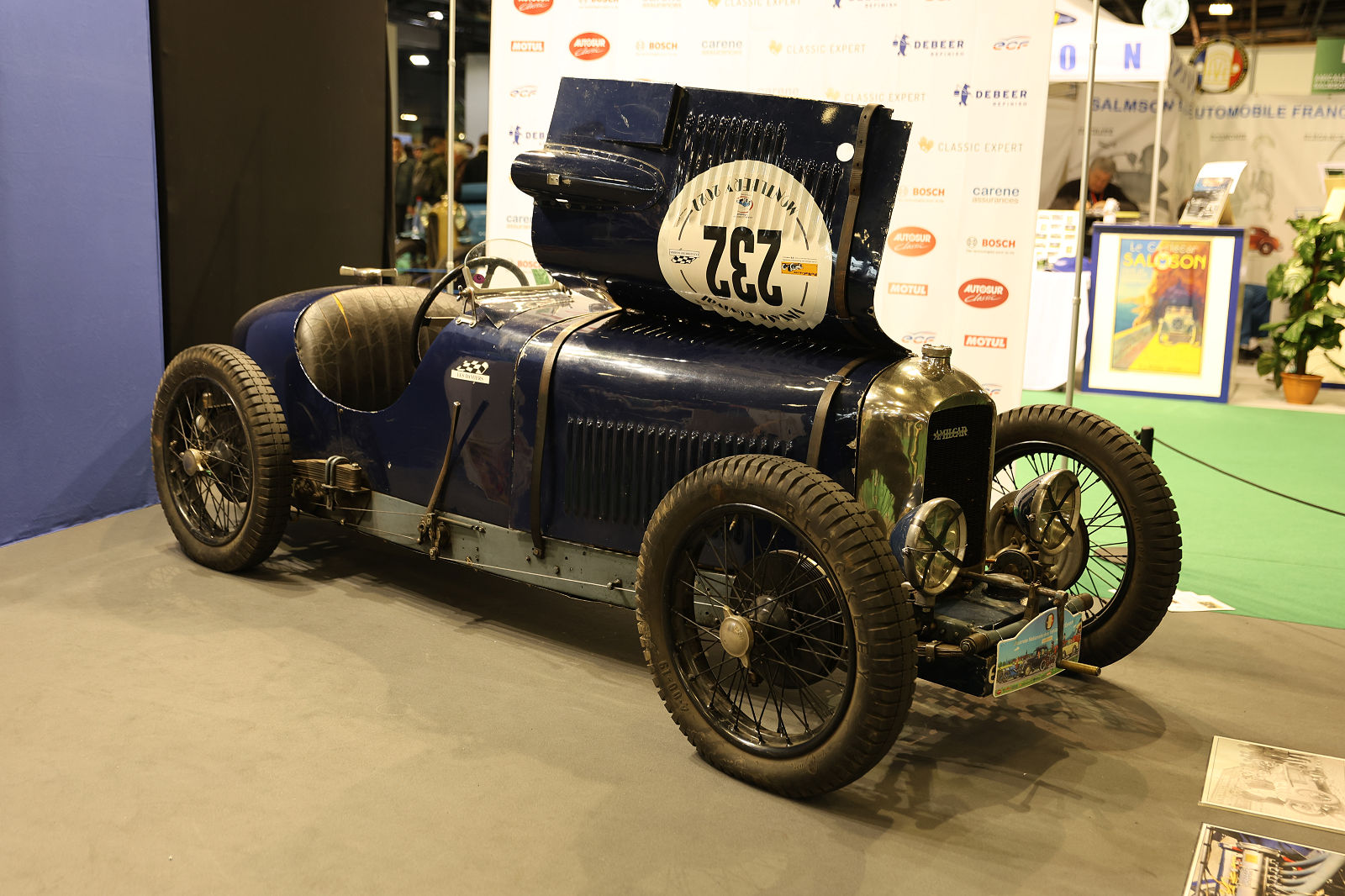
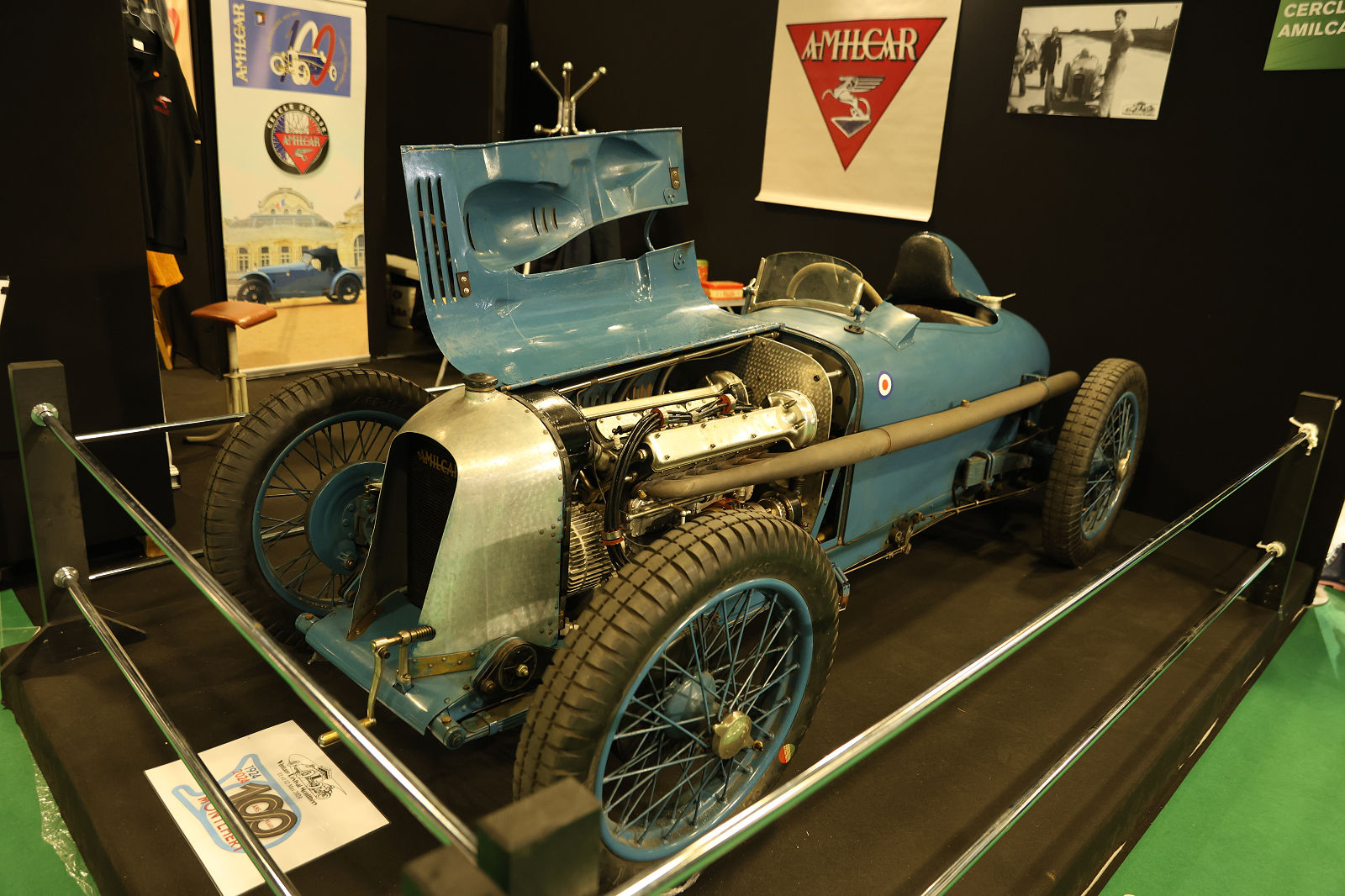
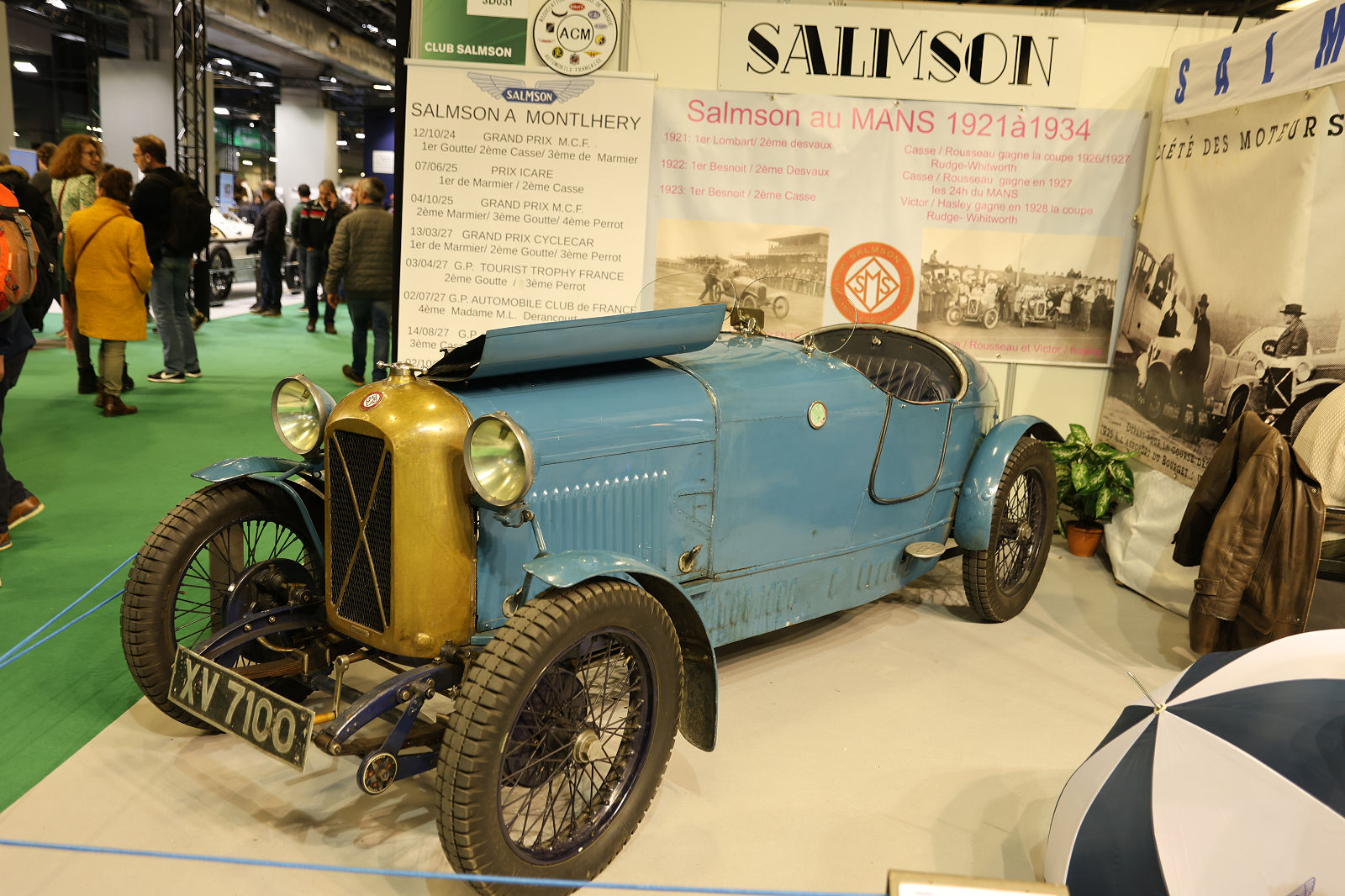
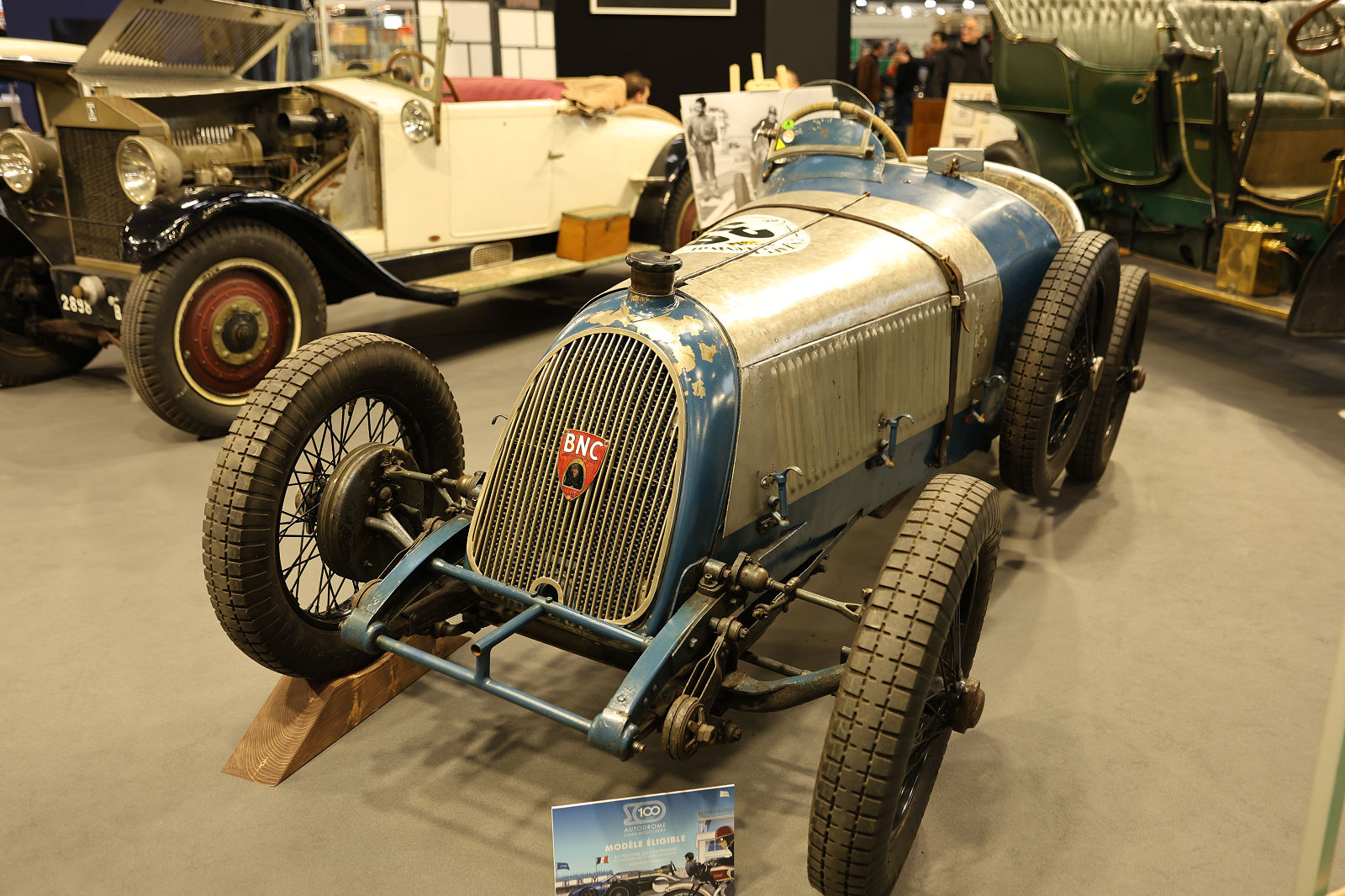
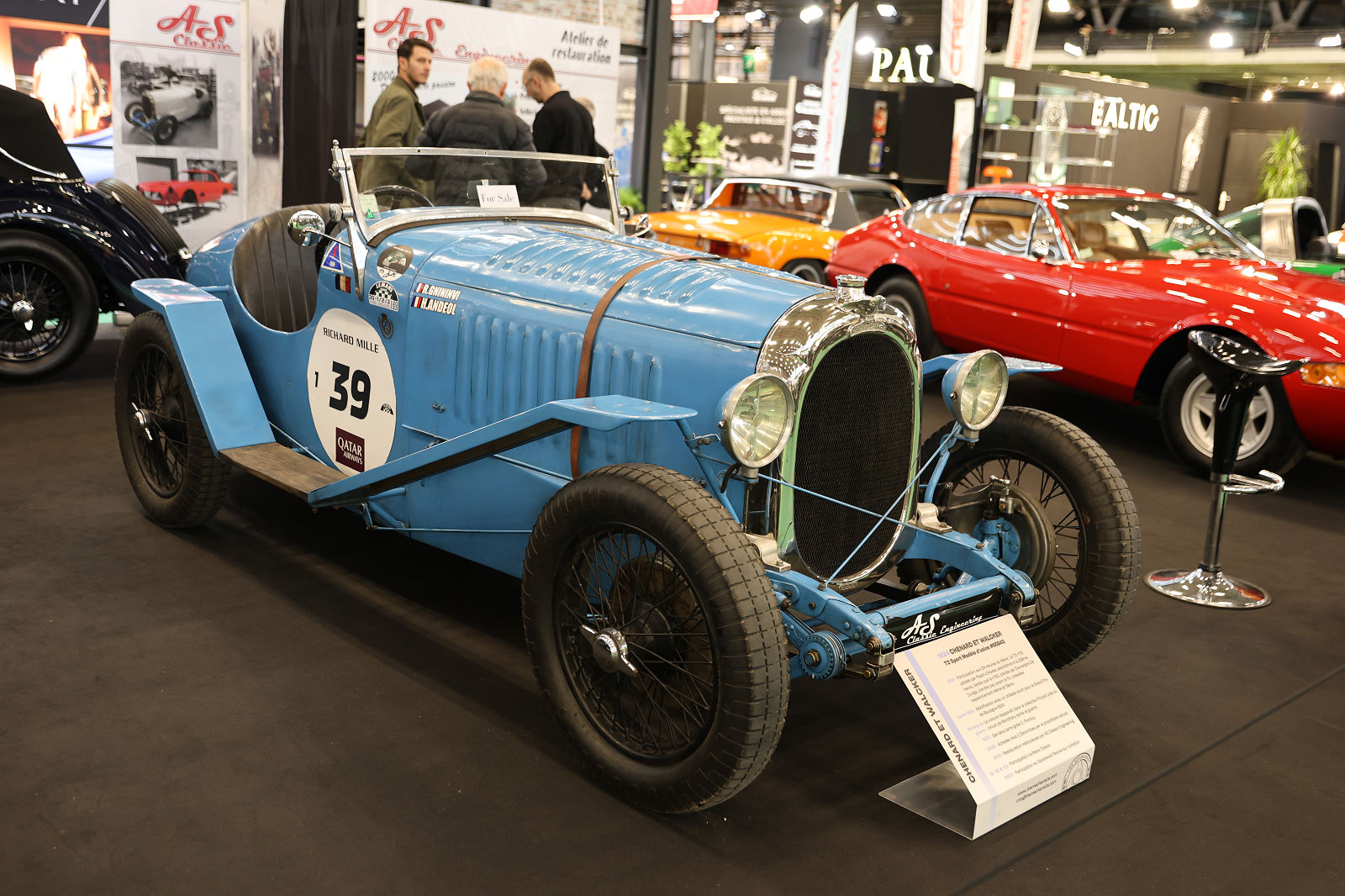
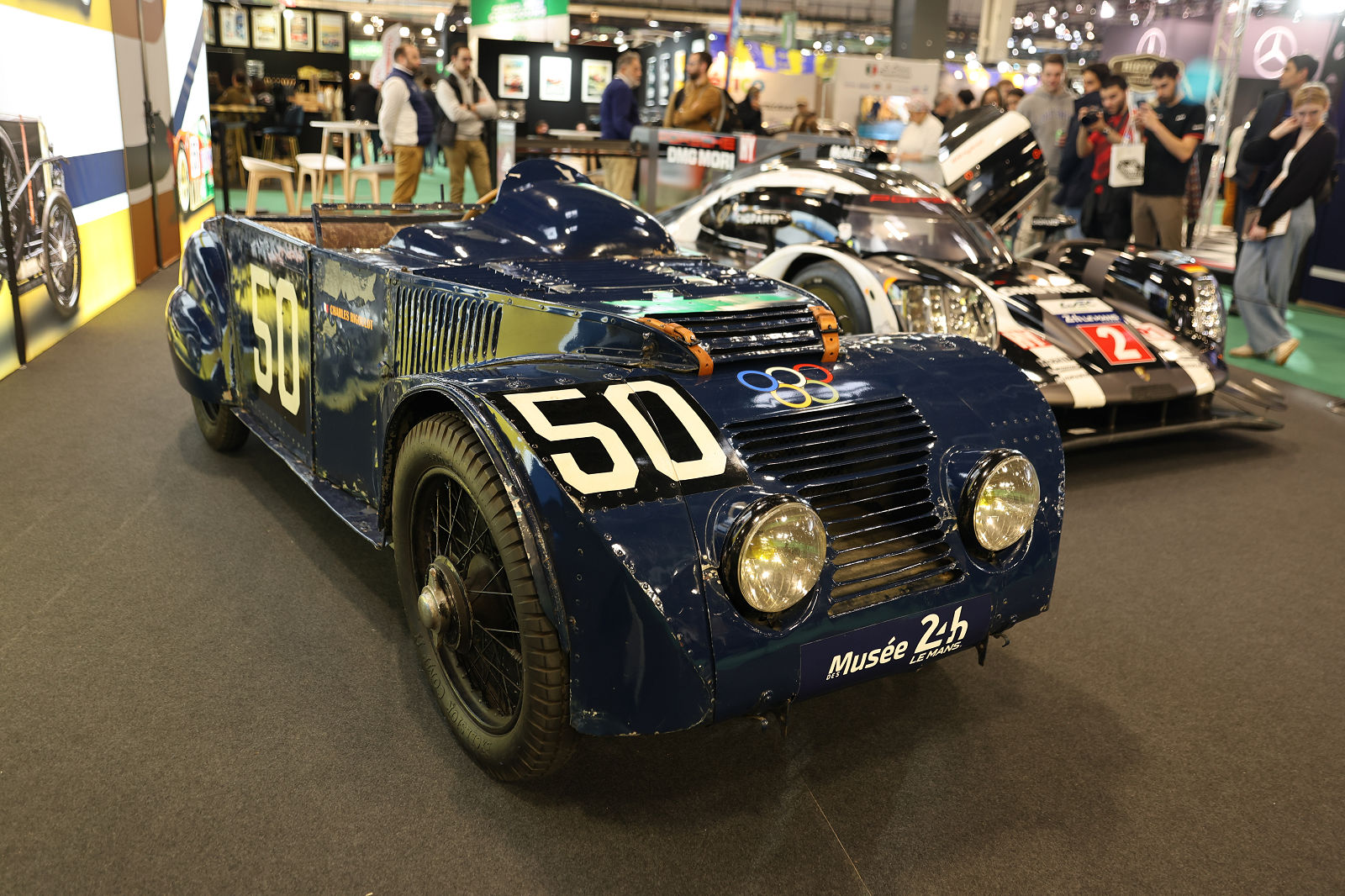
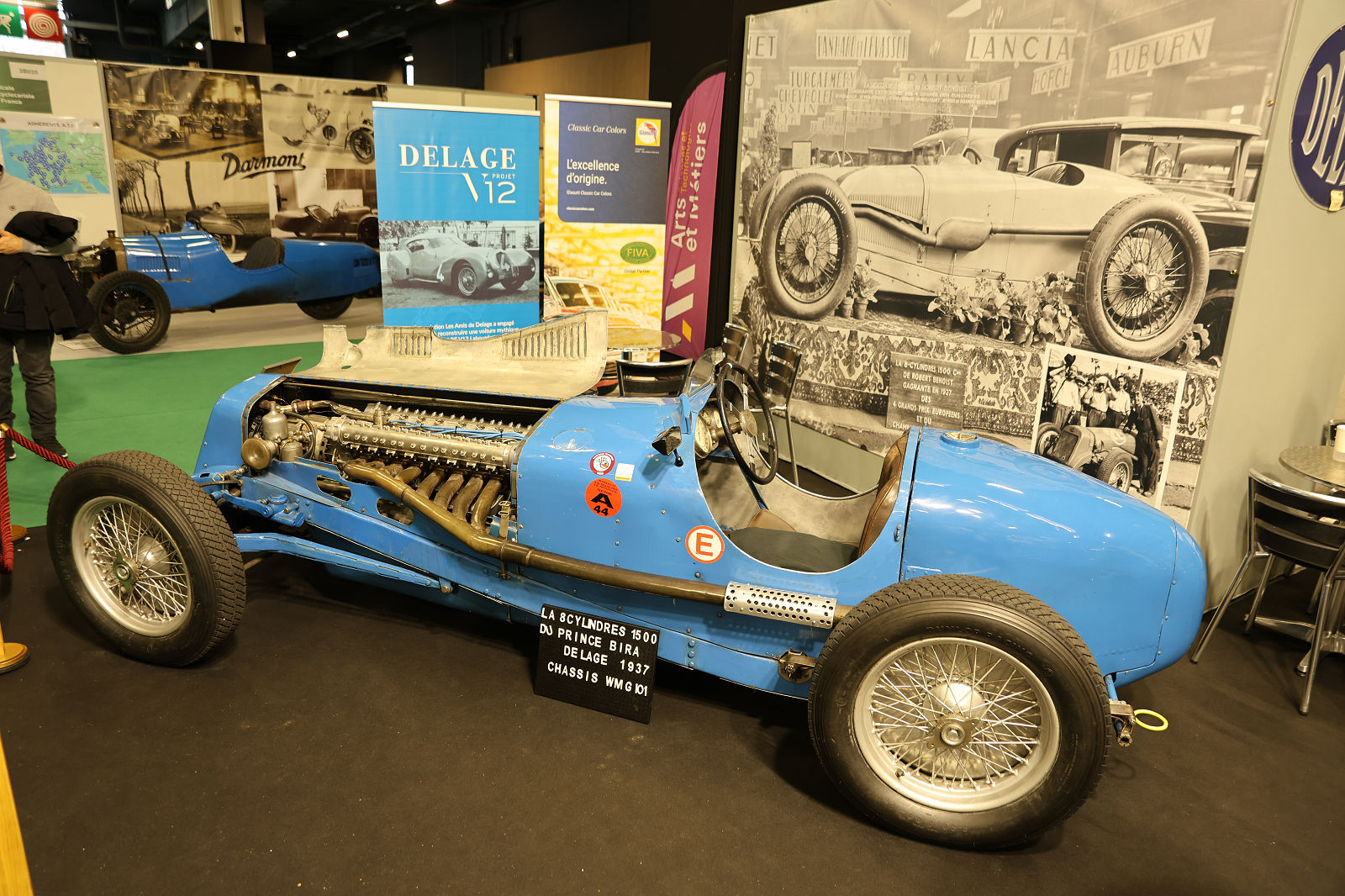
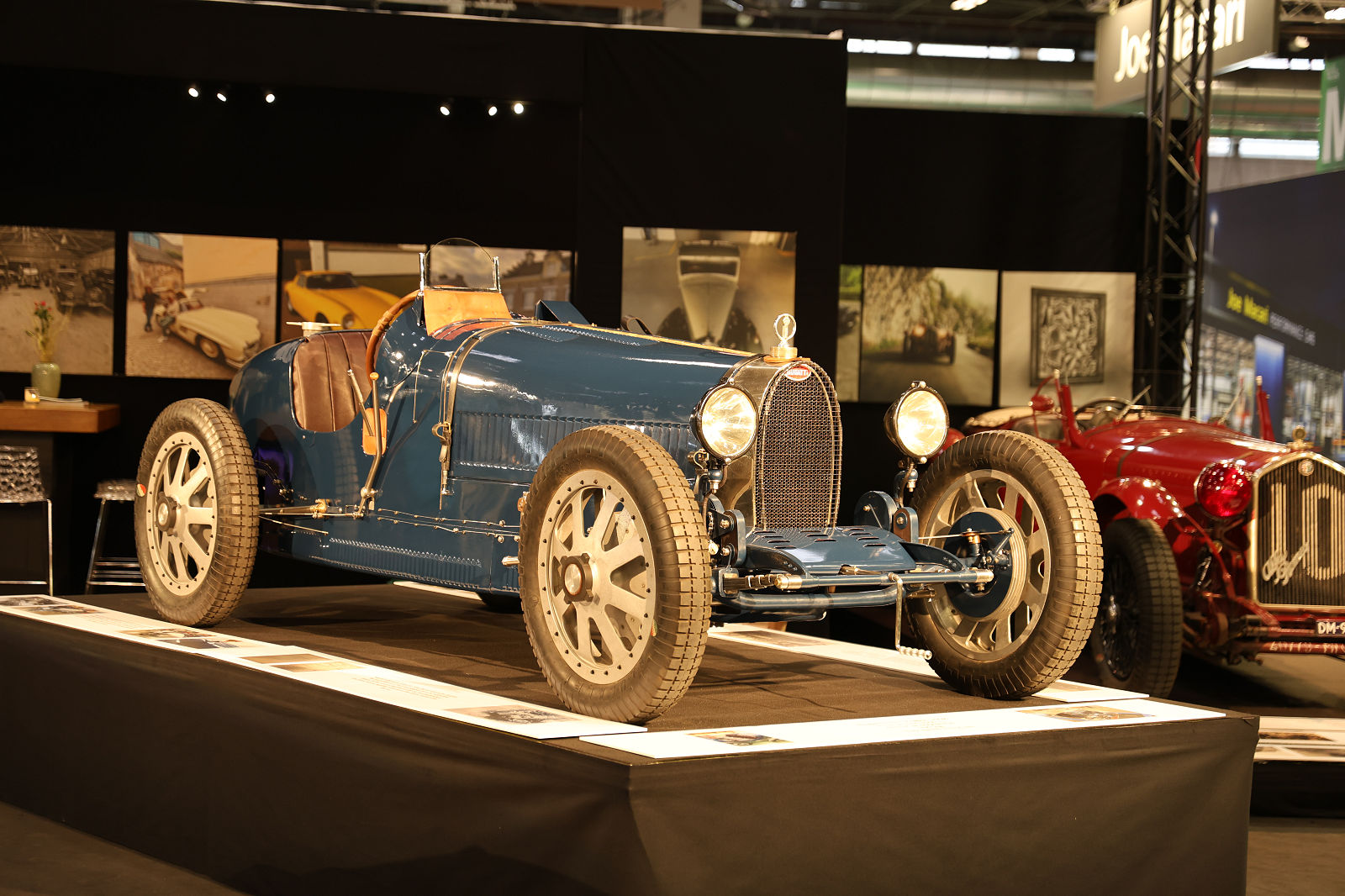
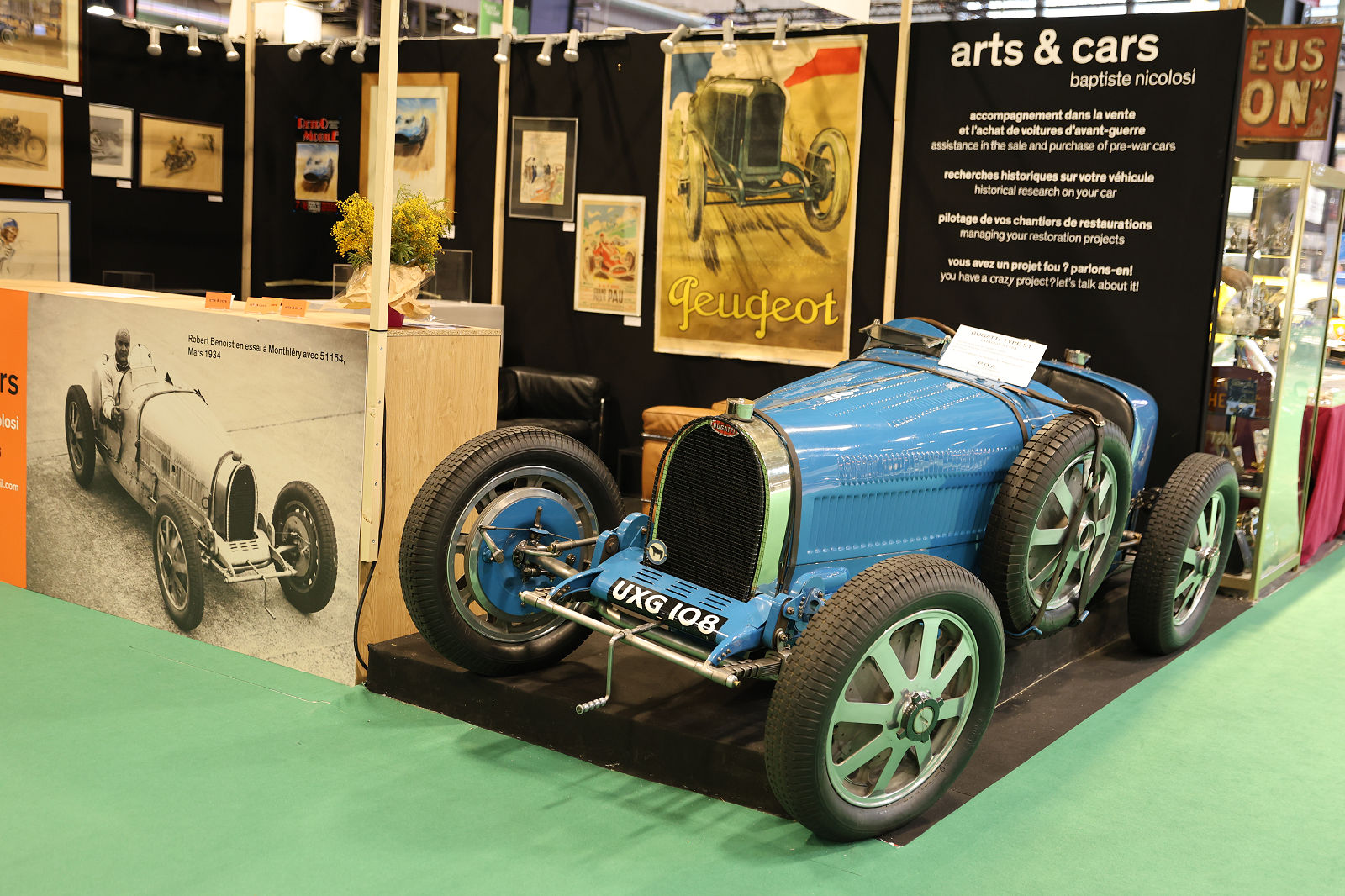
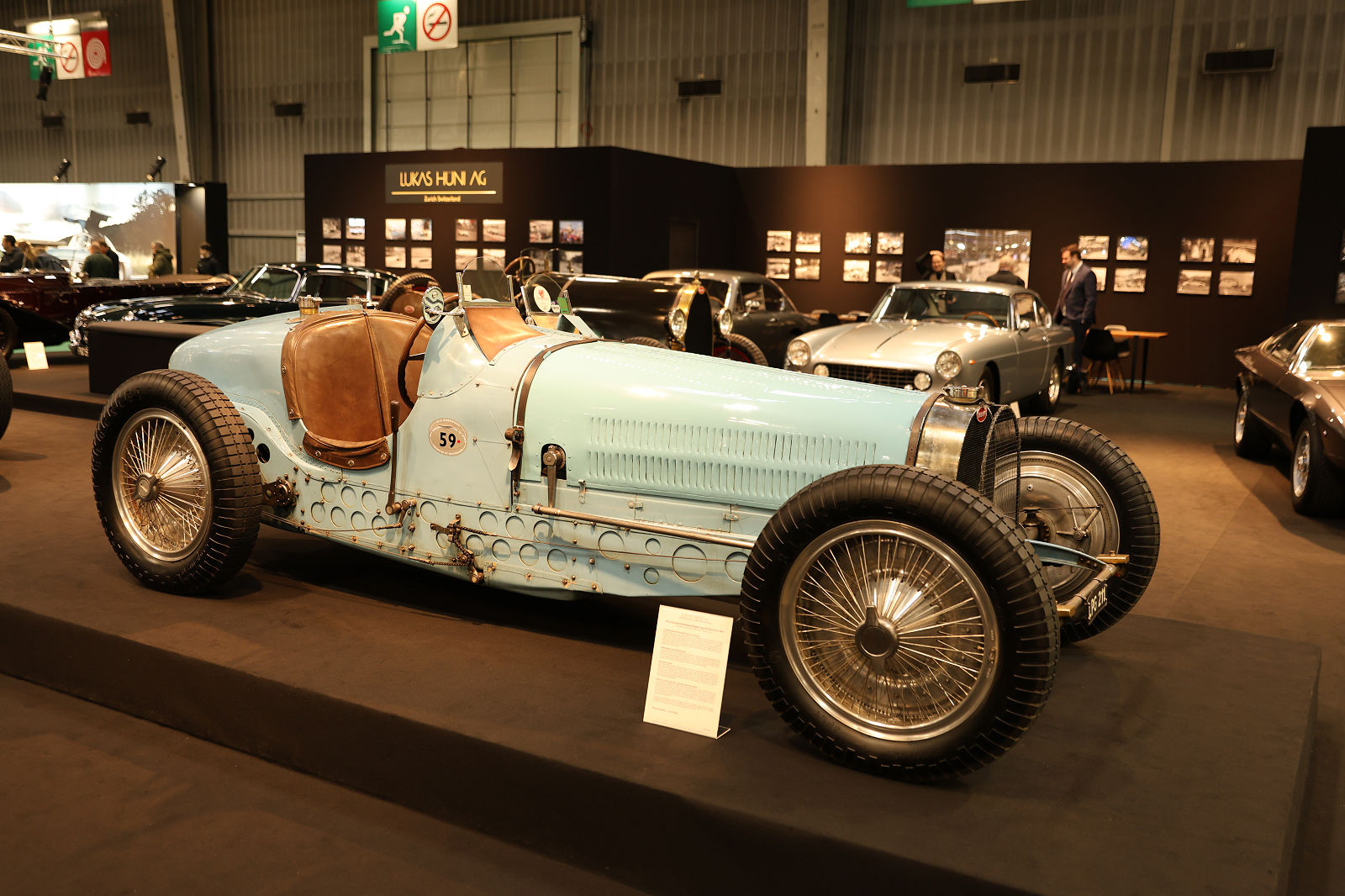
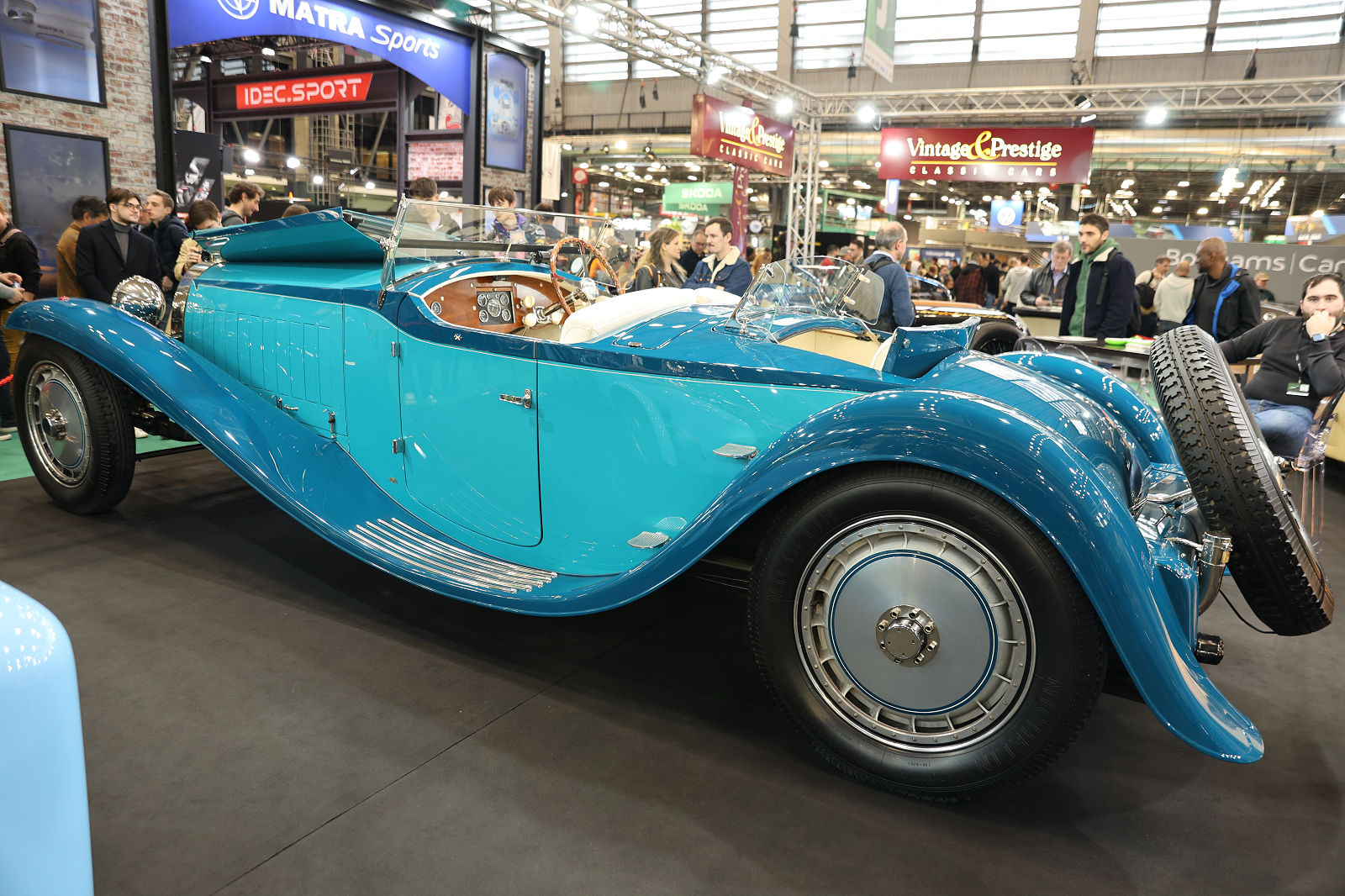
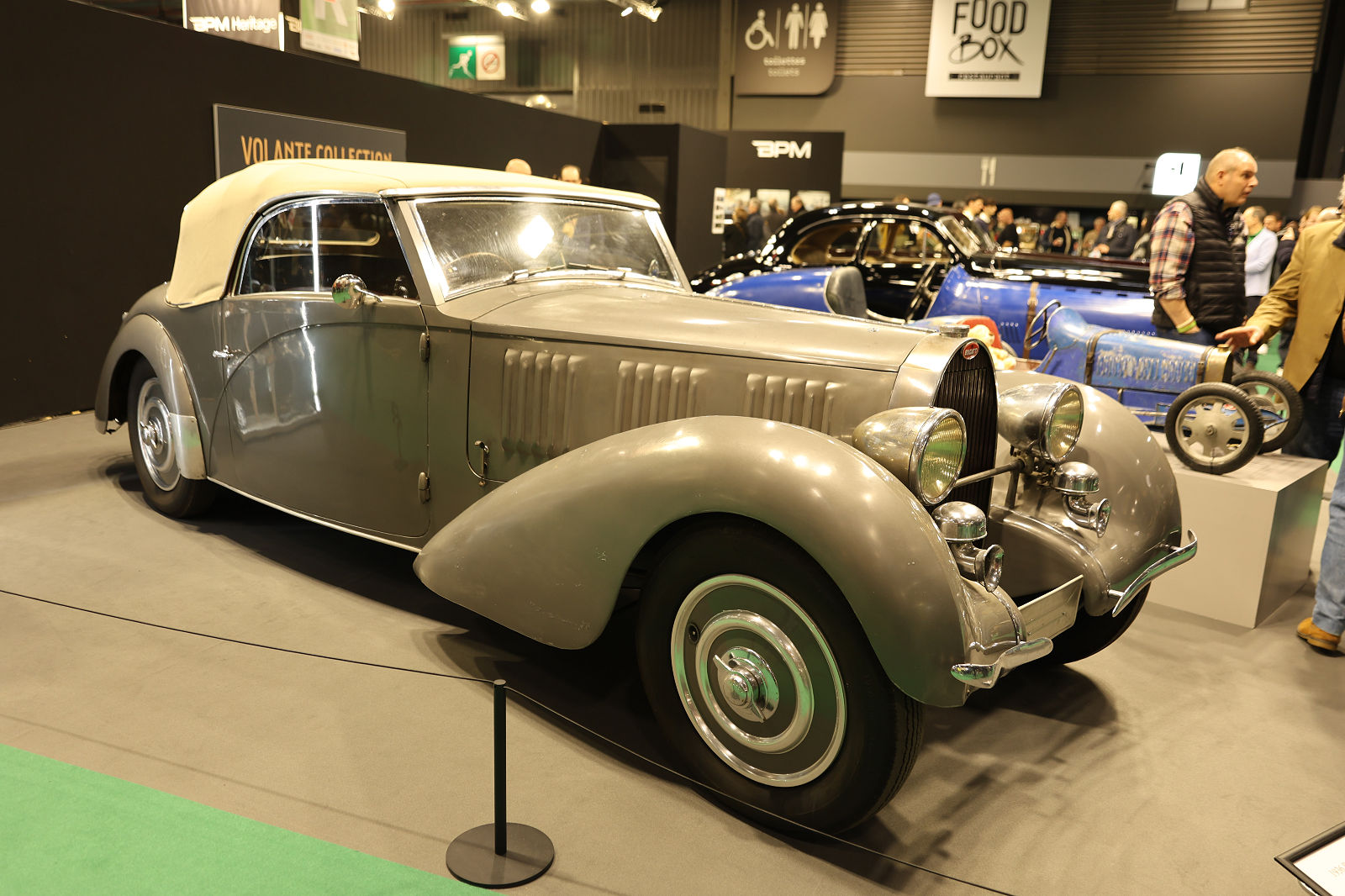
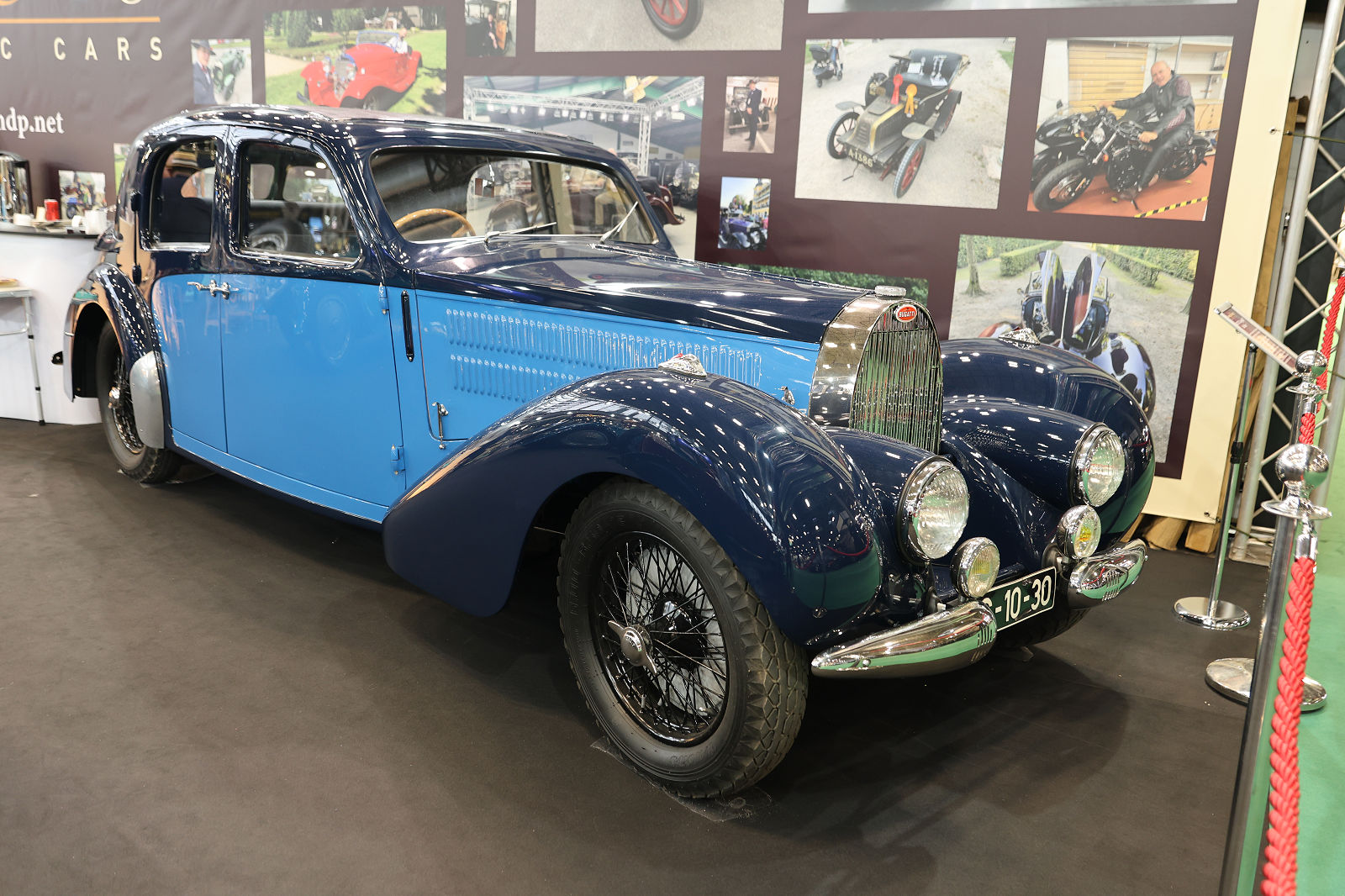
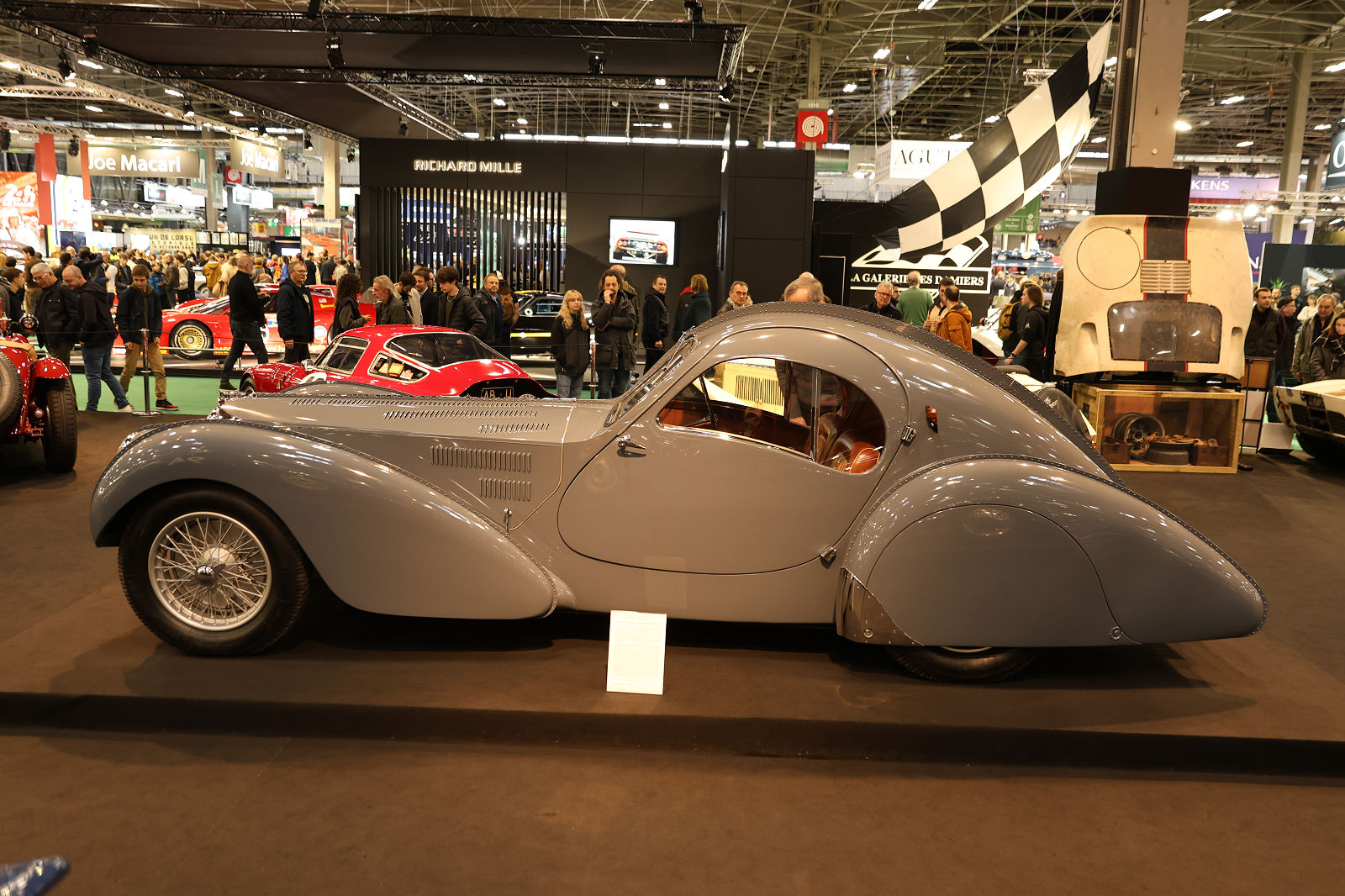
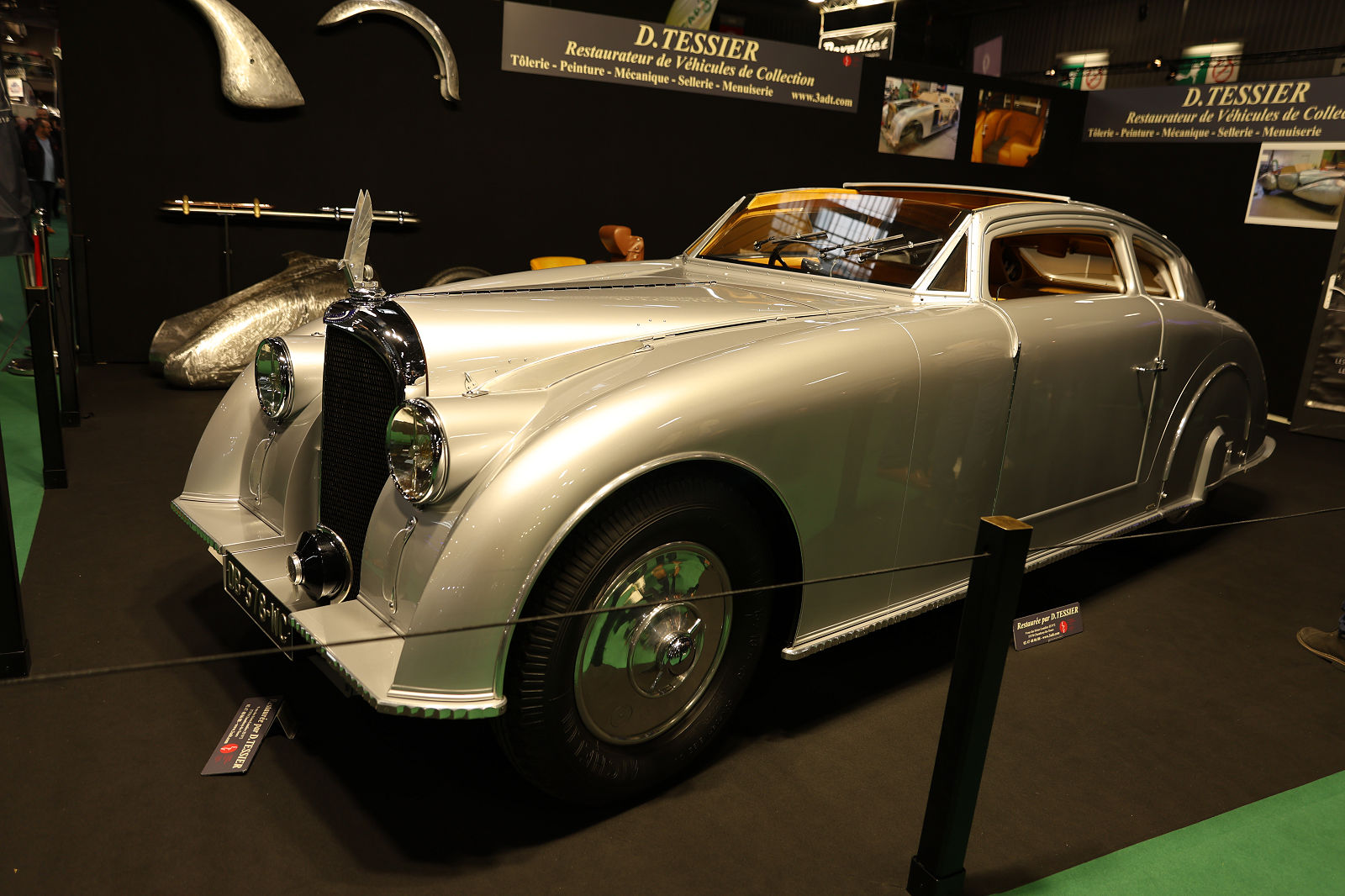
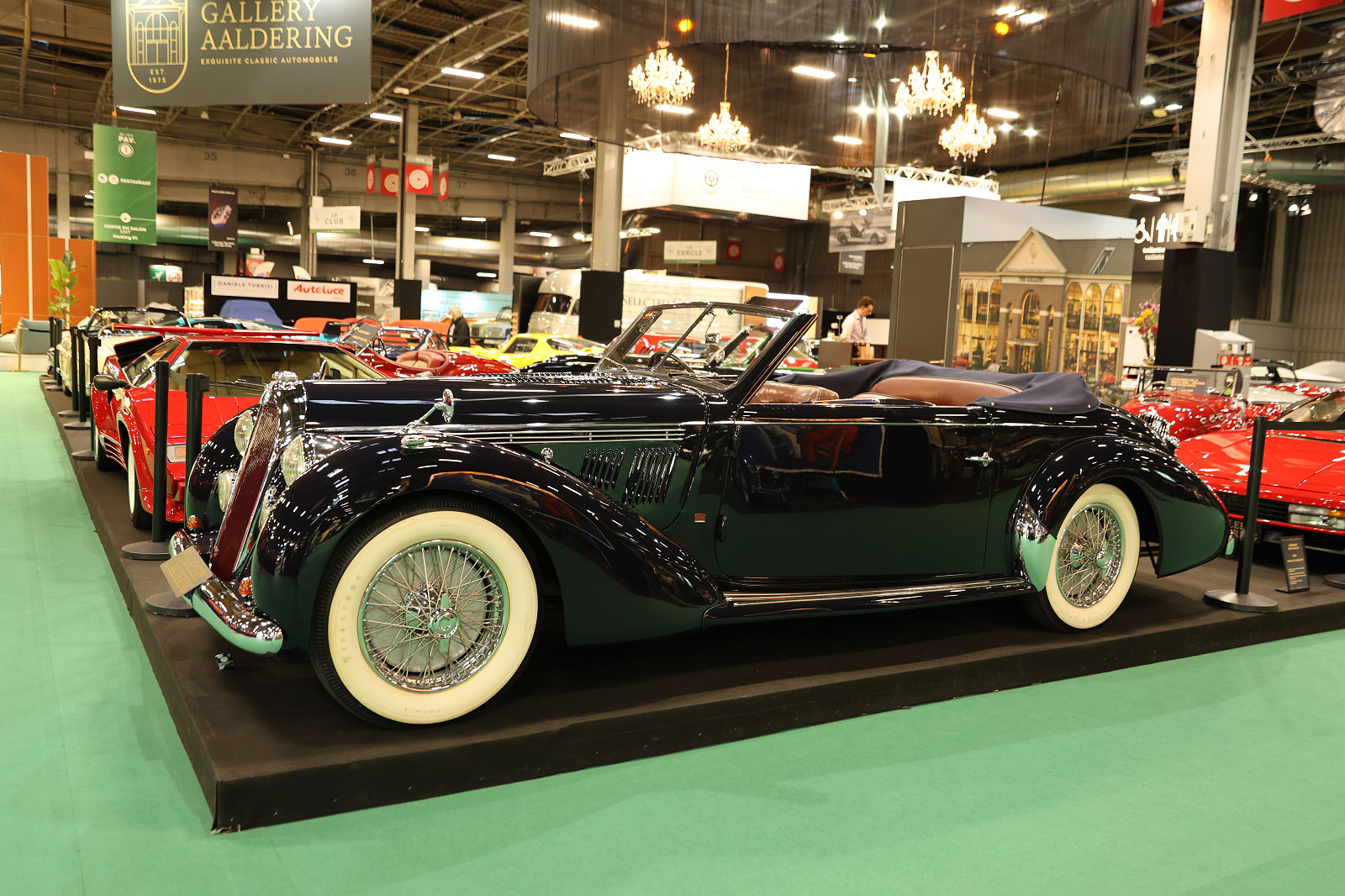
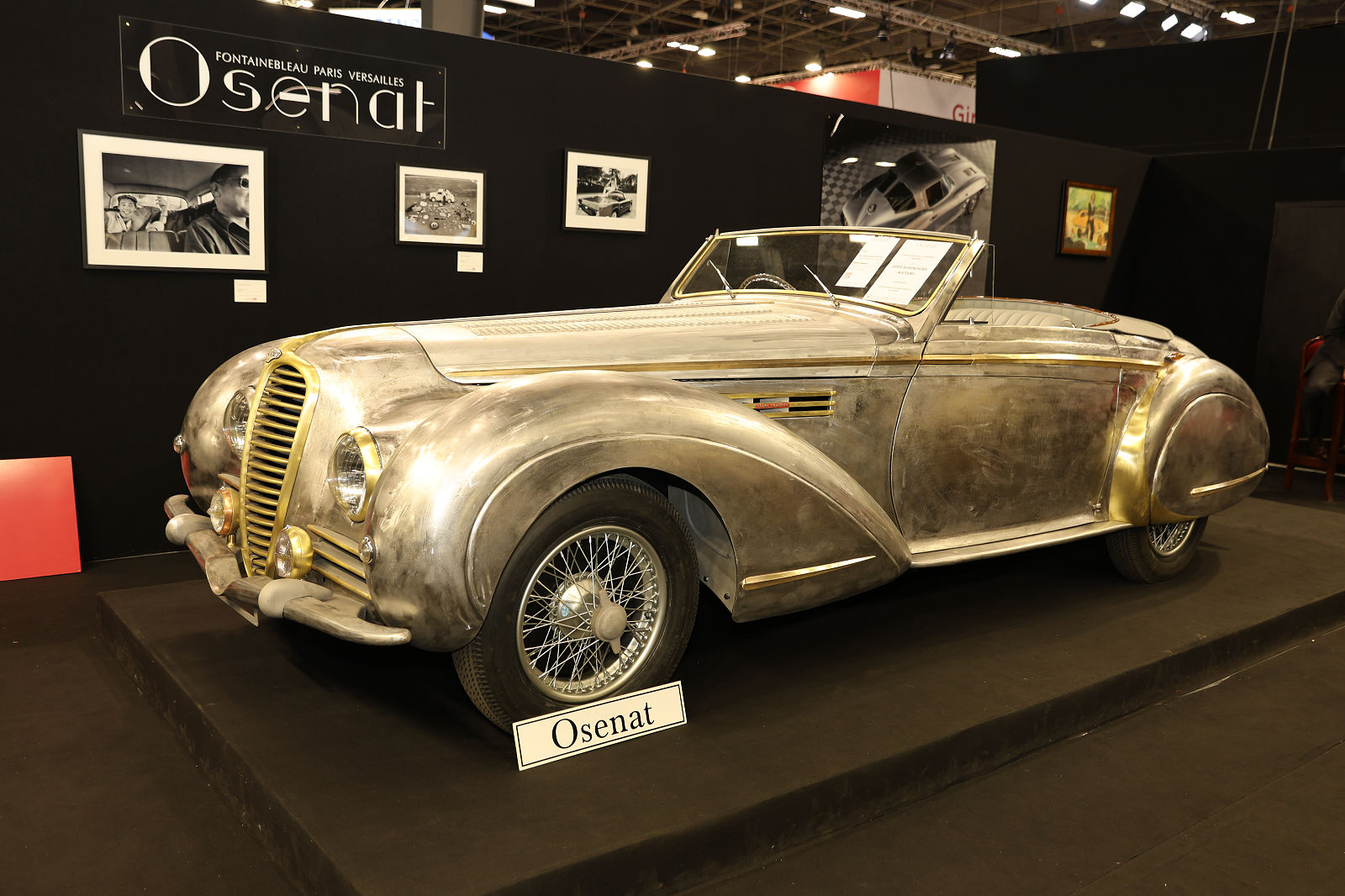
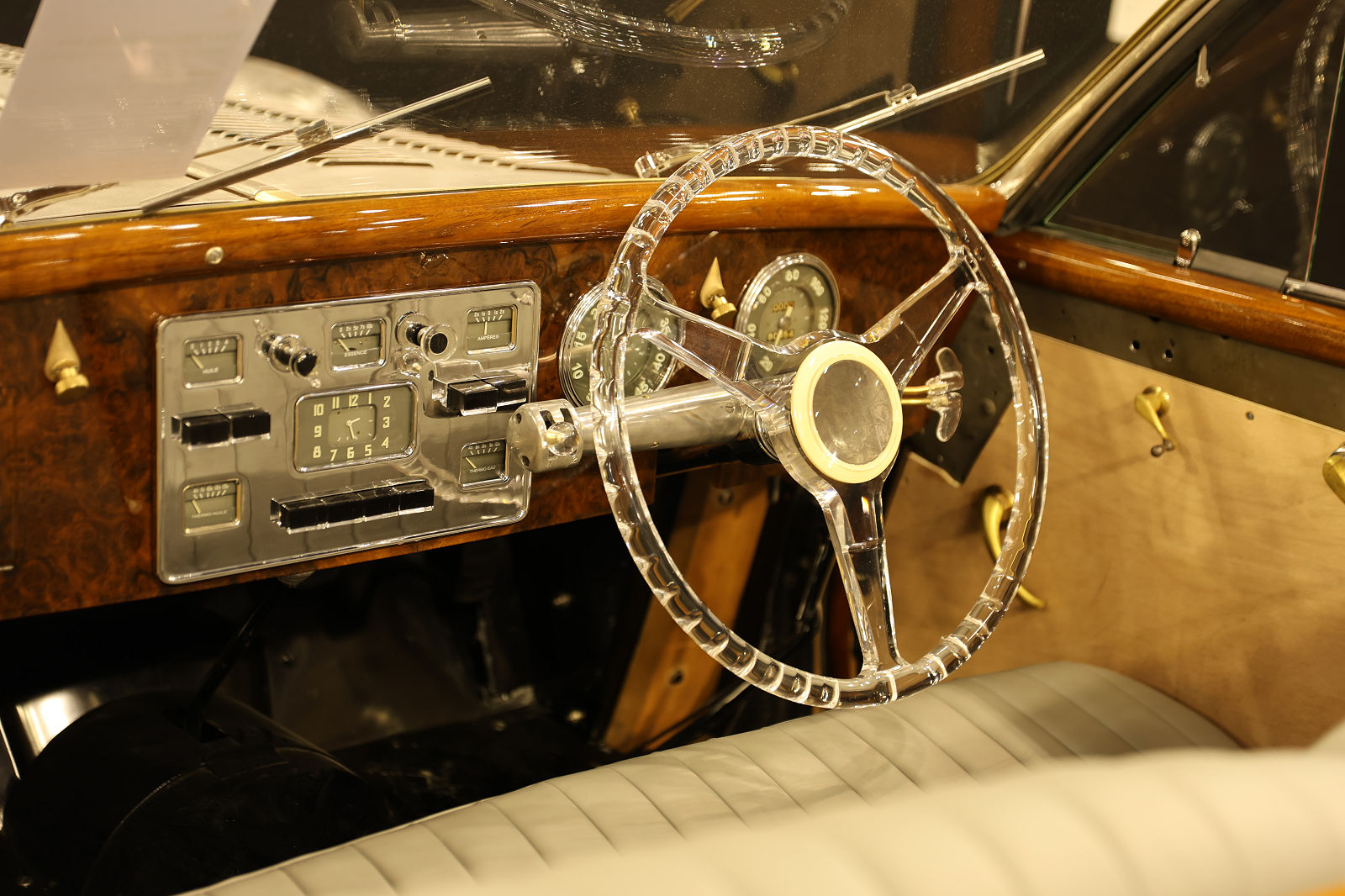
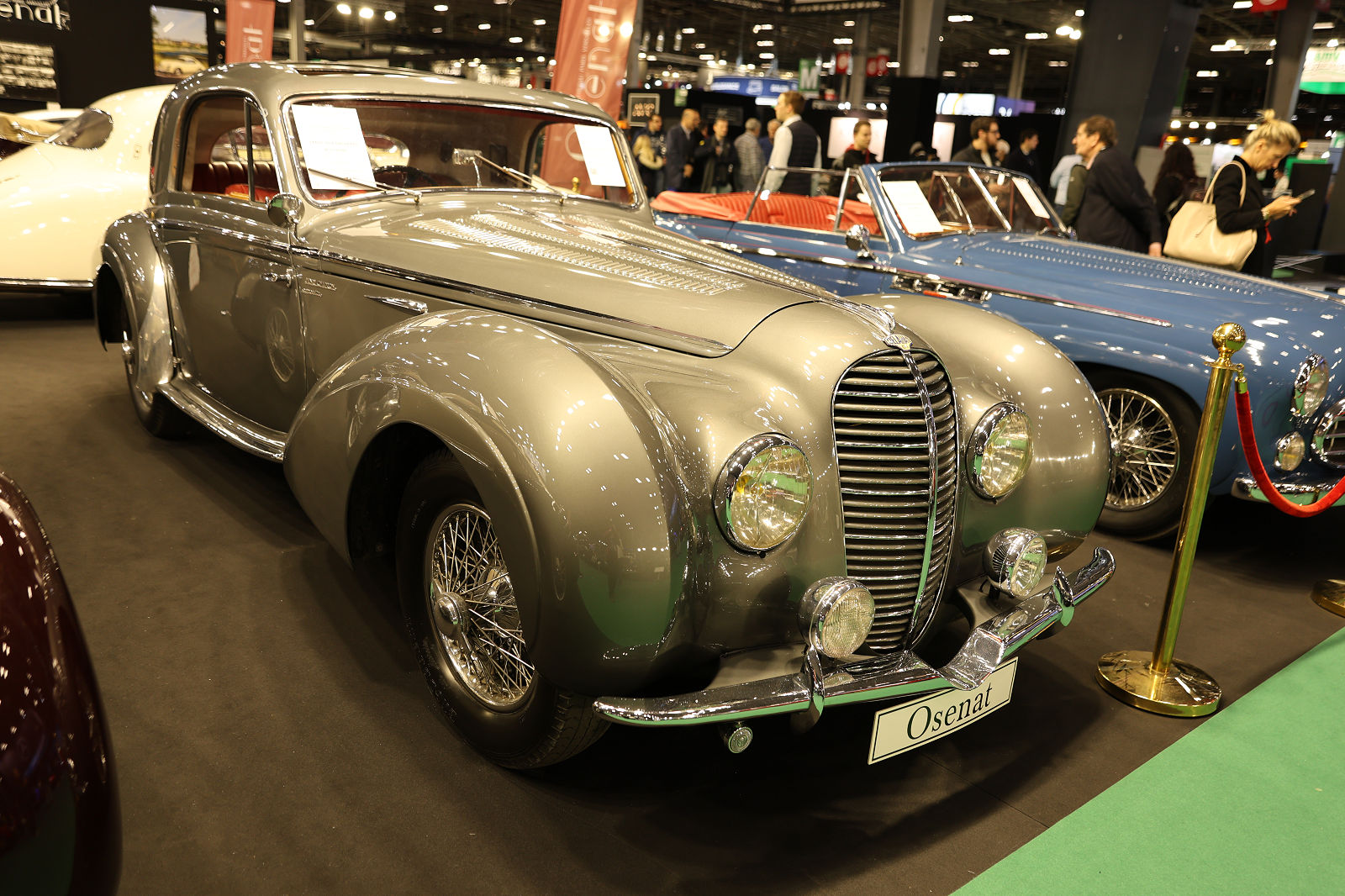
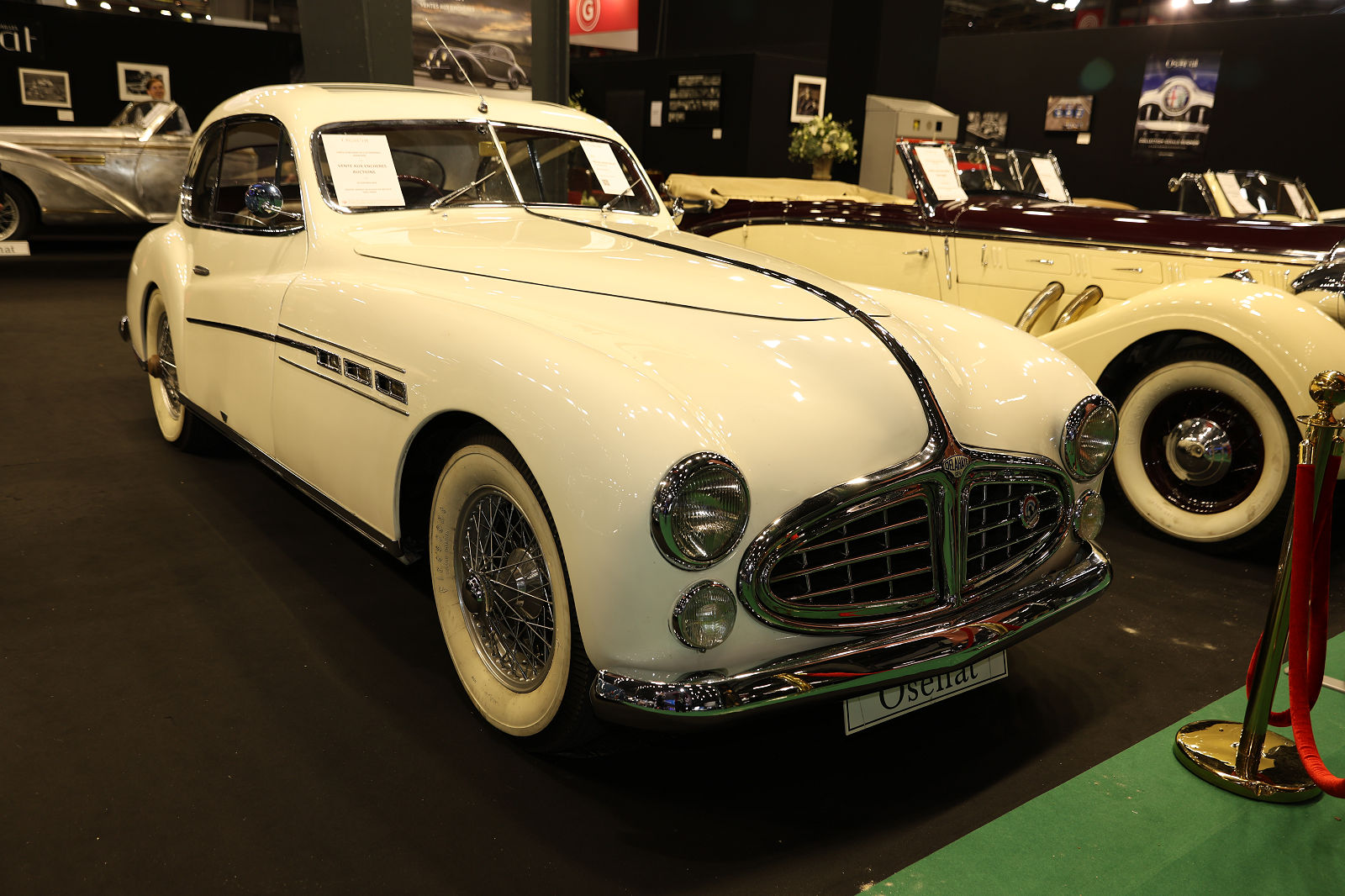
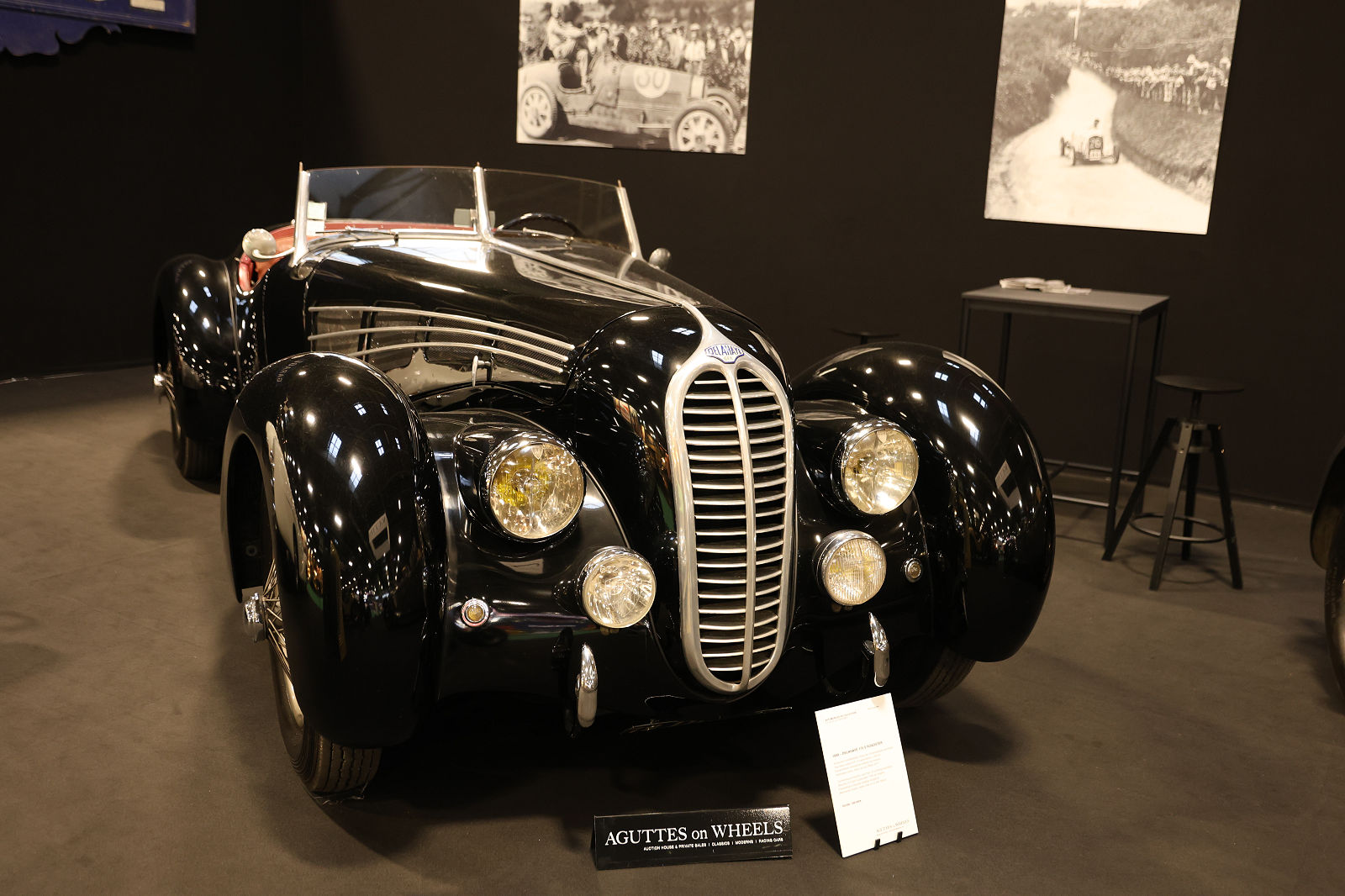
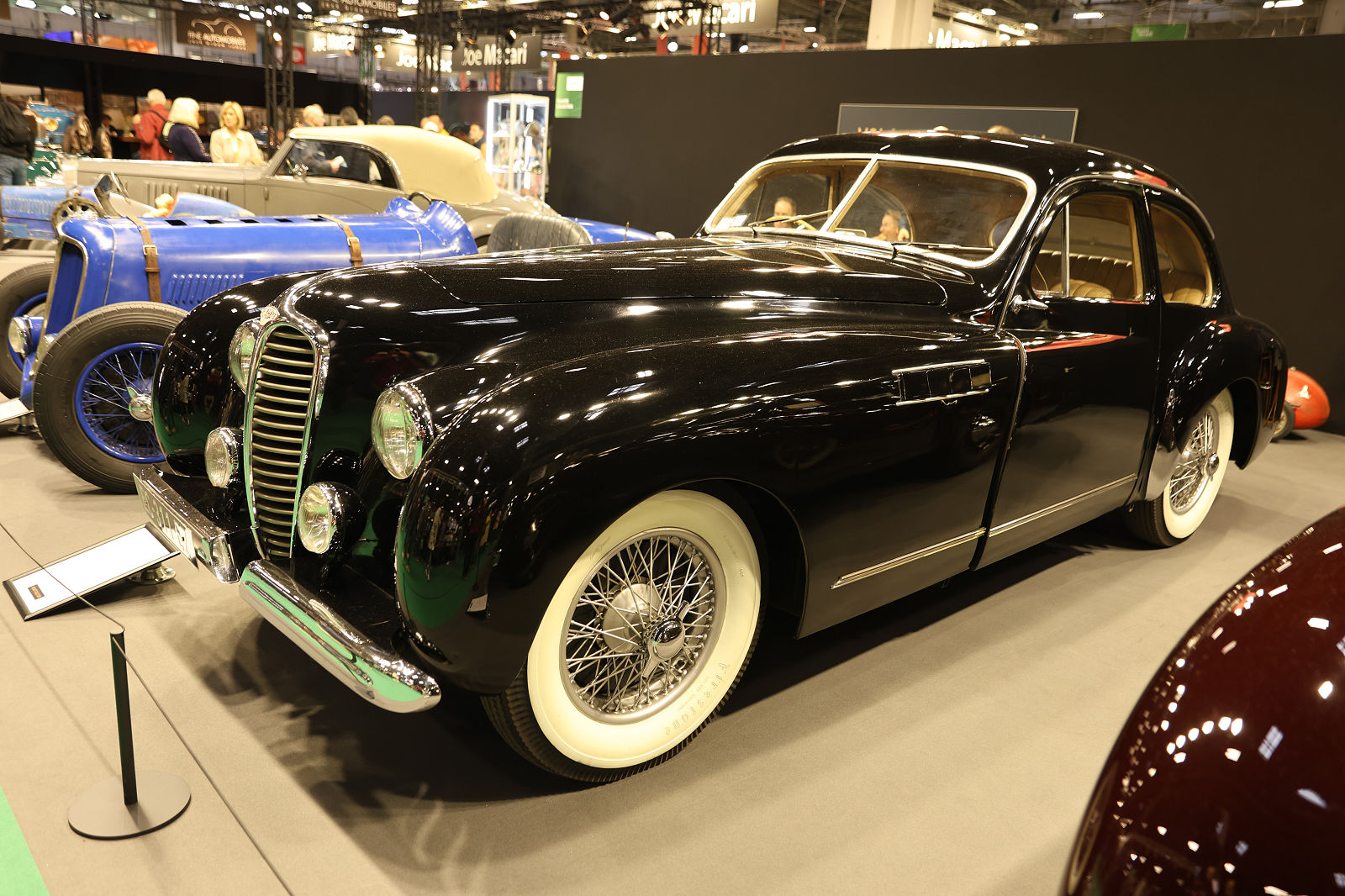
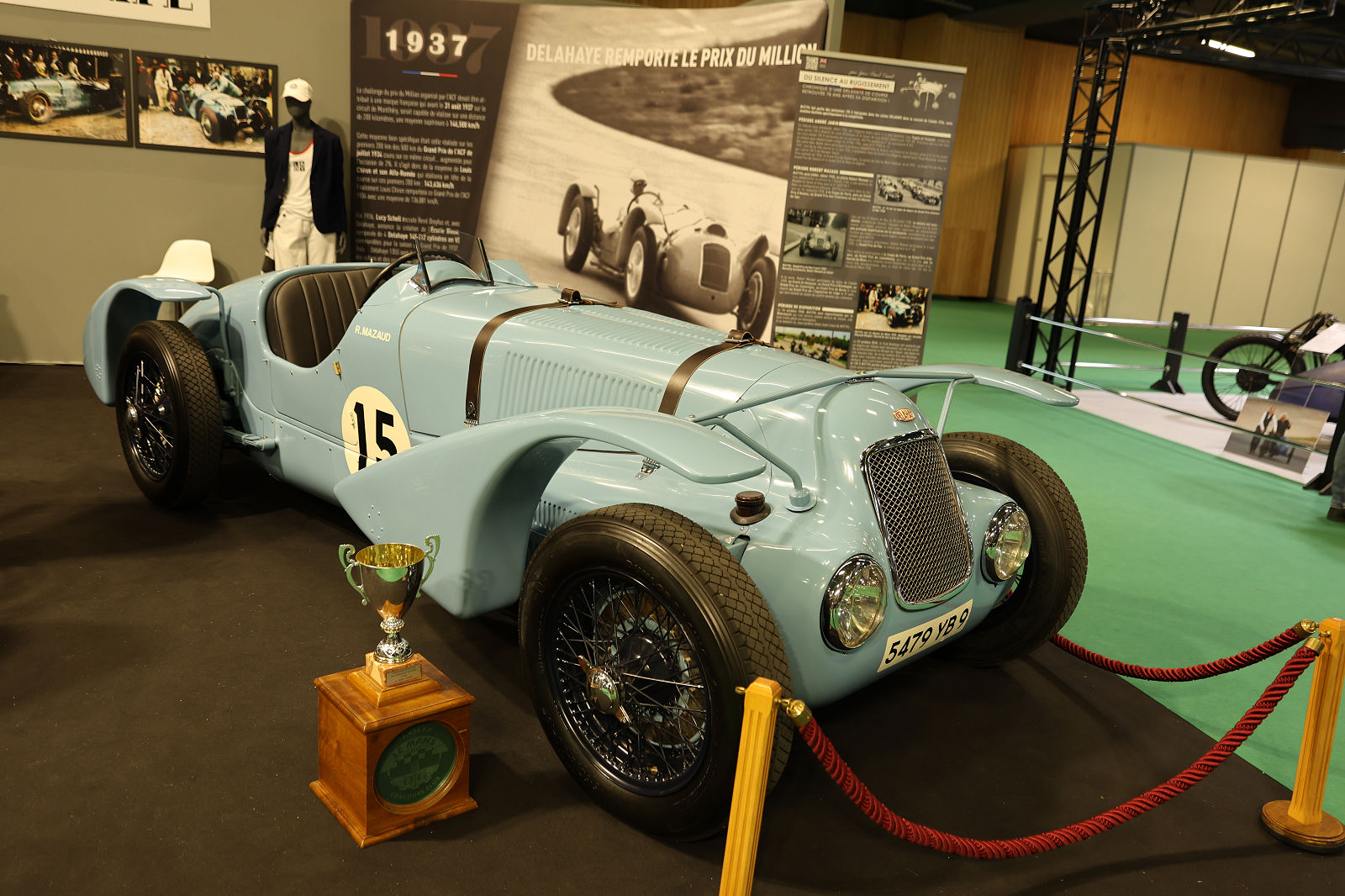
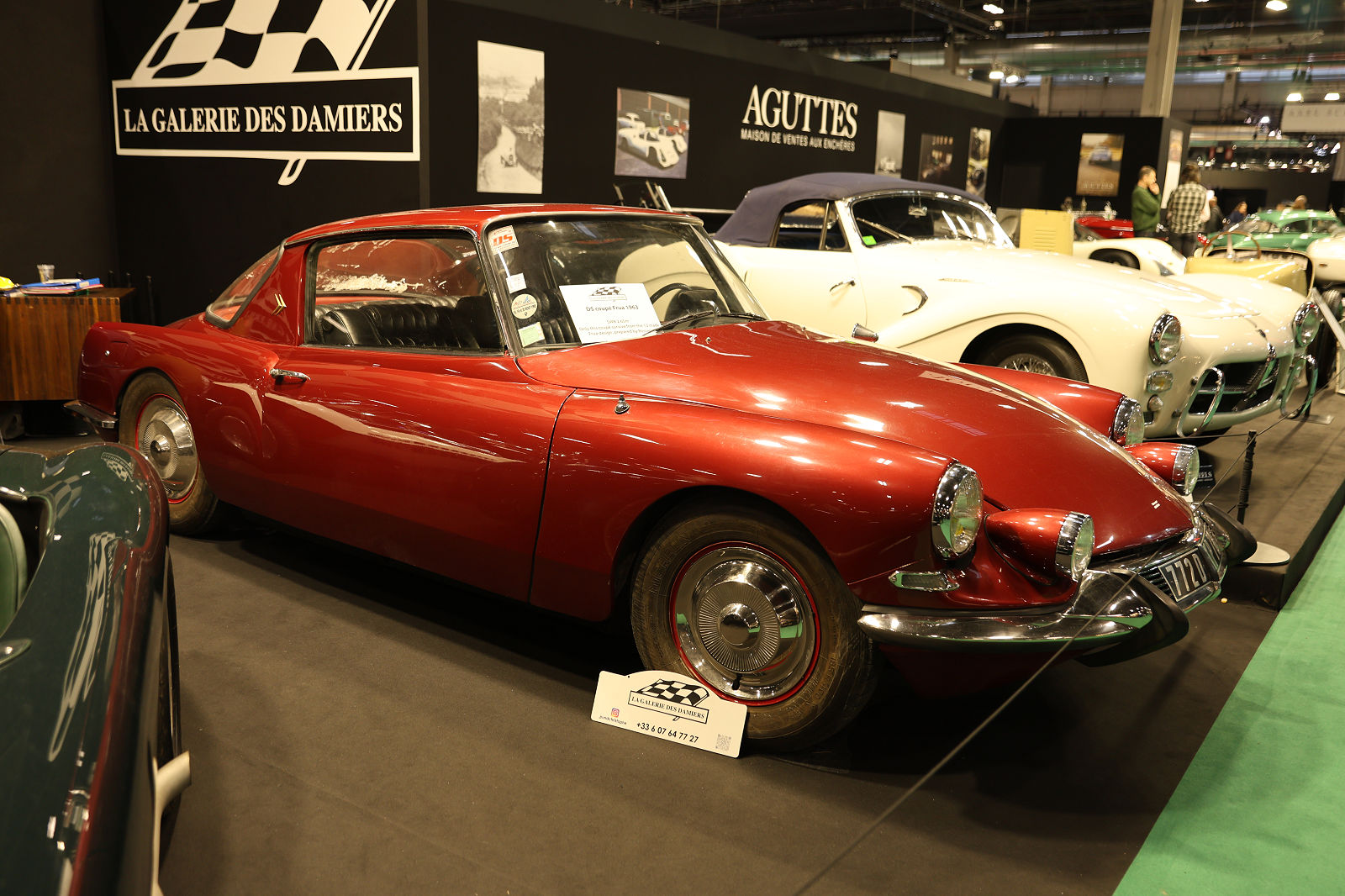
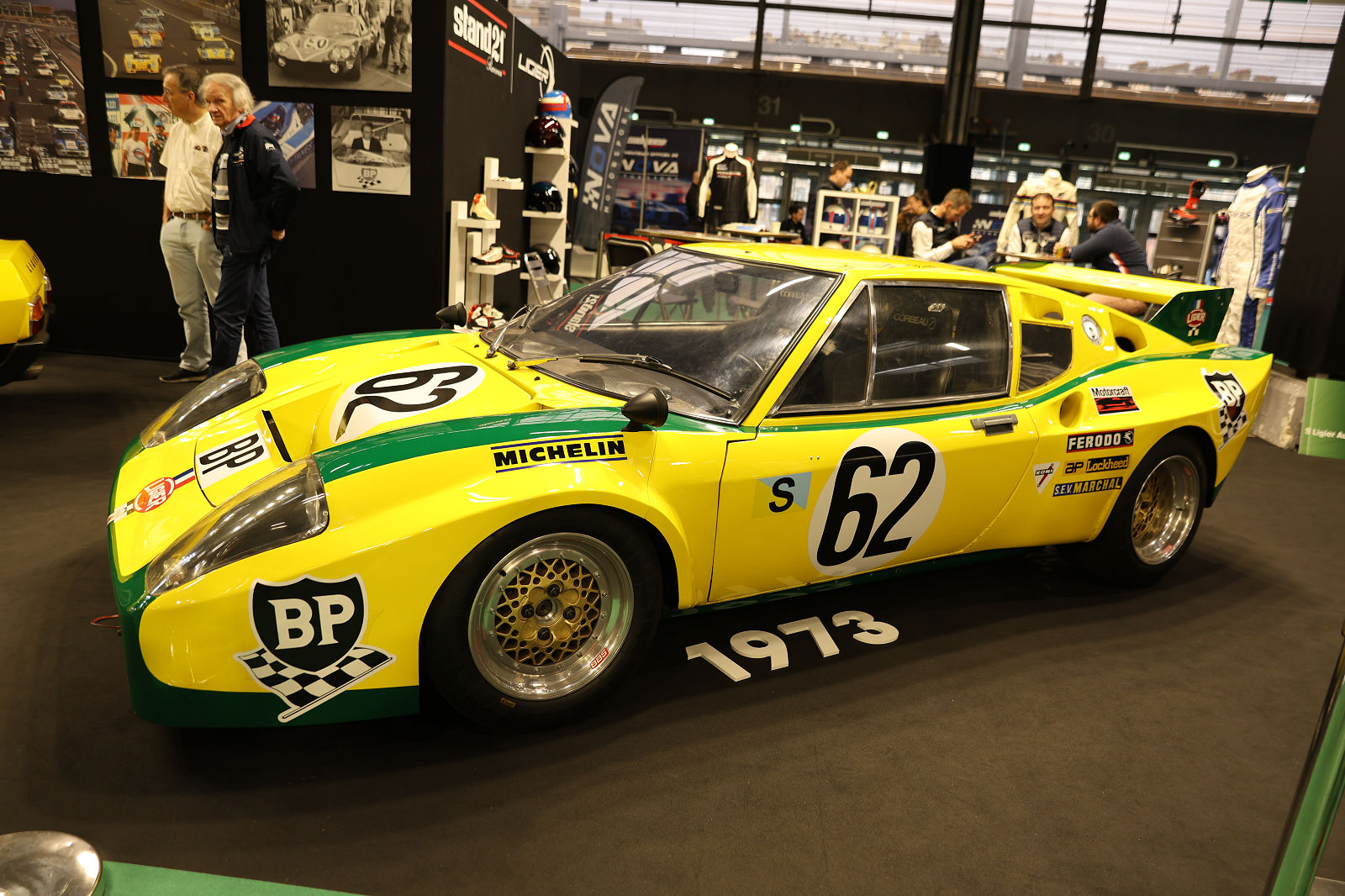
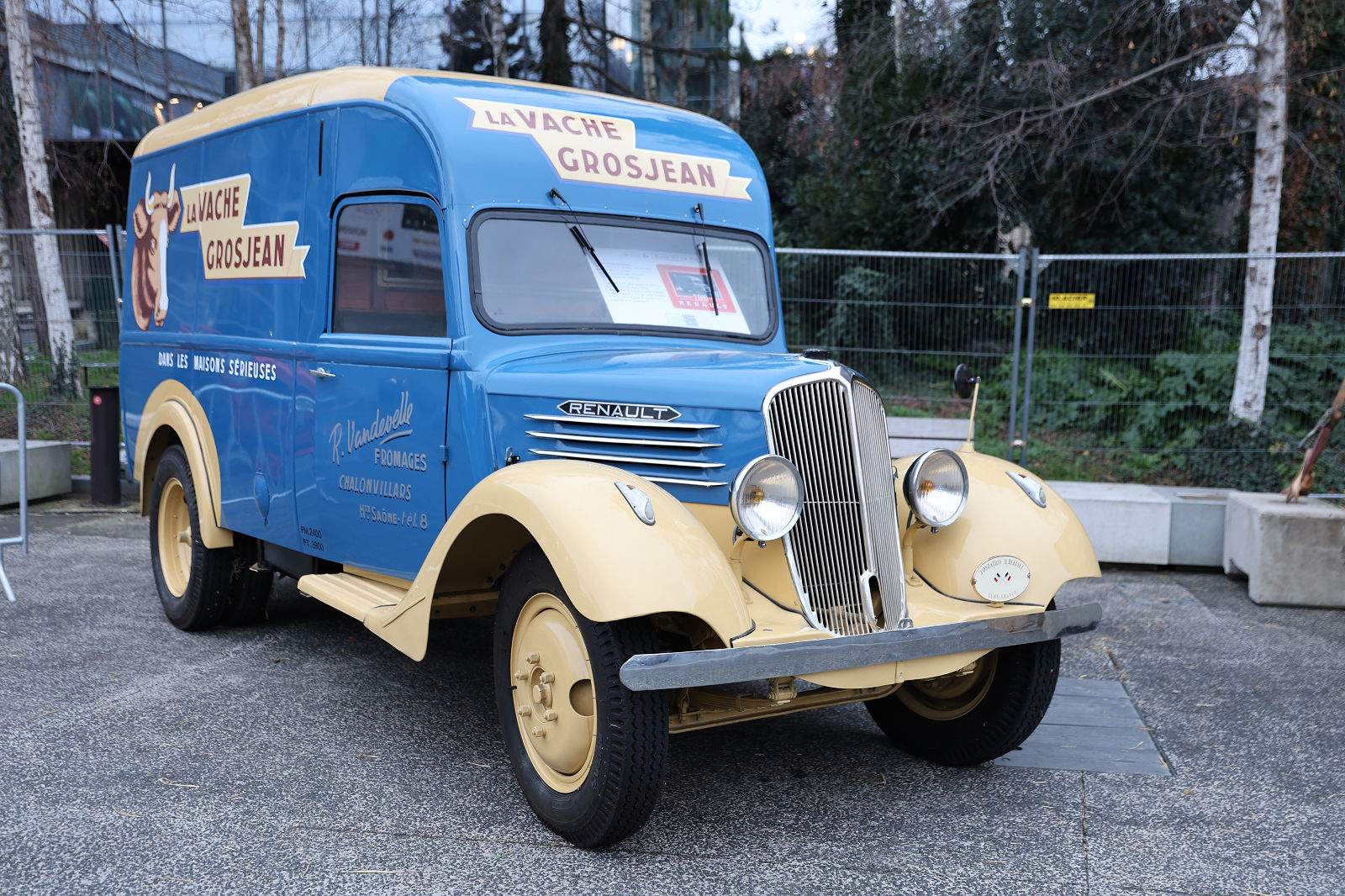
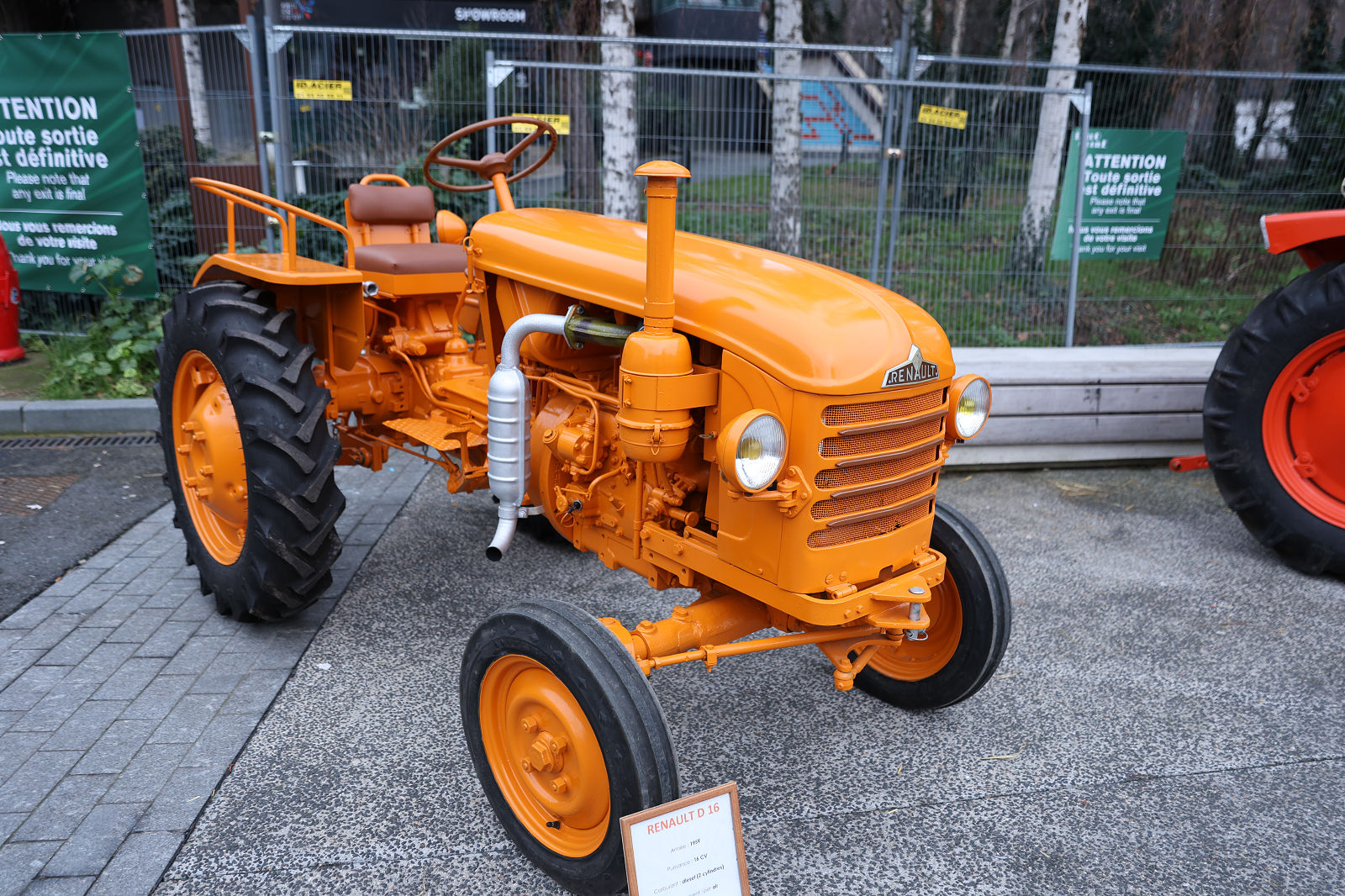
Thanks for covering another spectacular Retromobile, you do it better than anyone else thanks to the great photographs.
Beautiful ! Thank you Hugues and Pete !